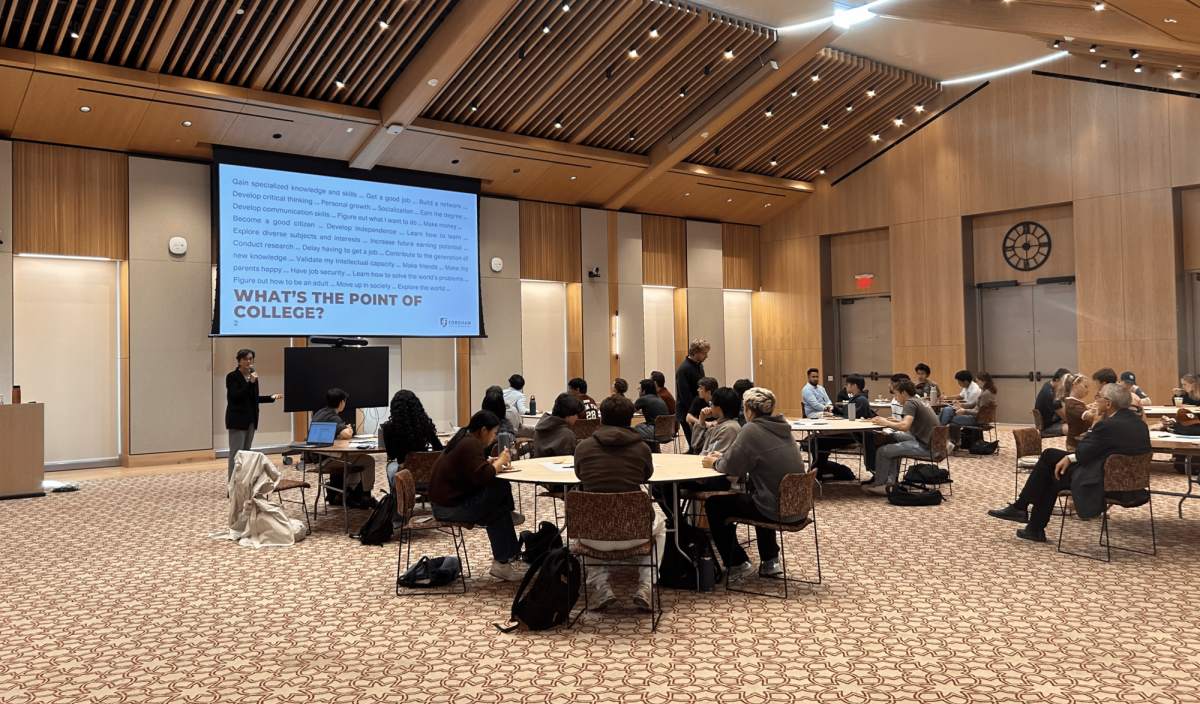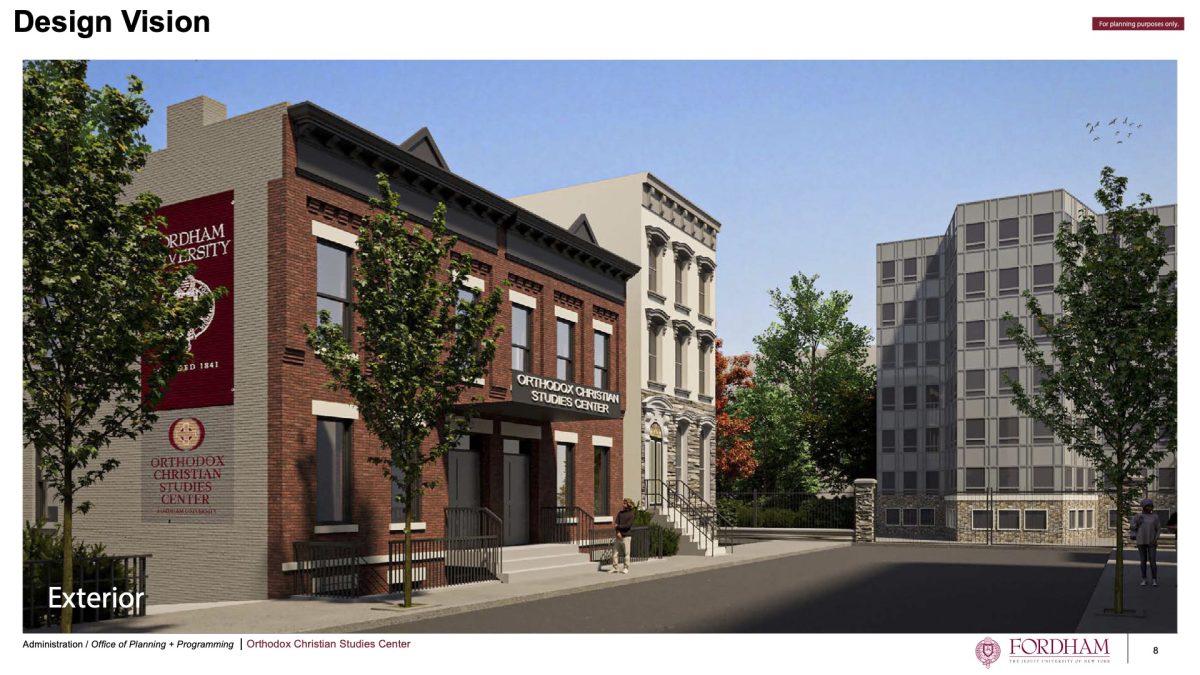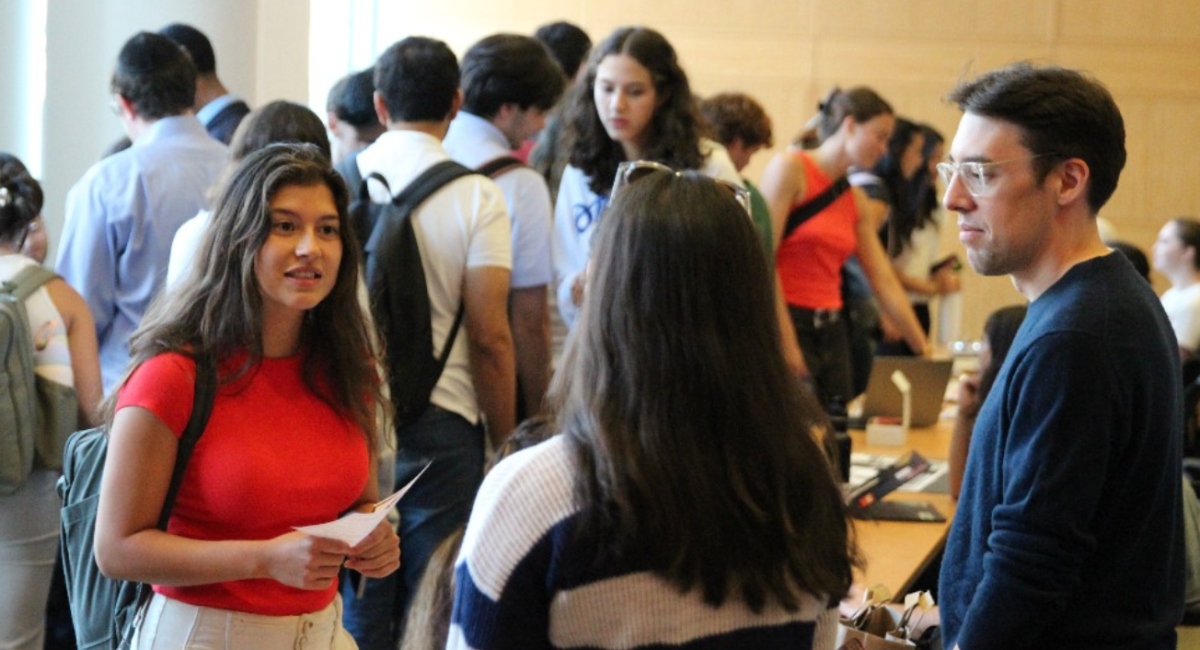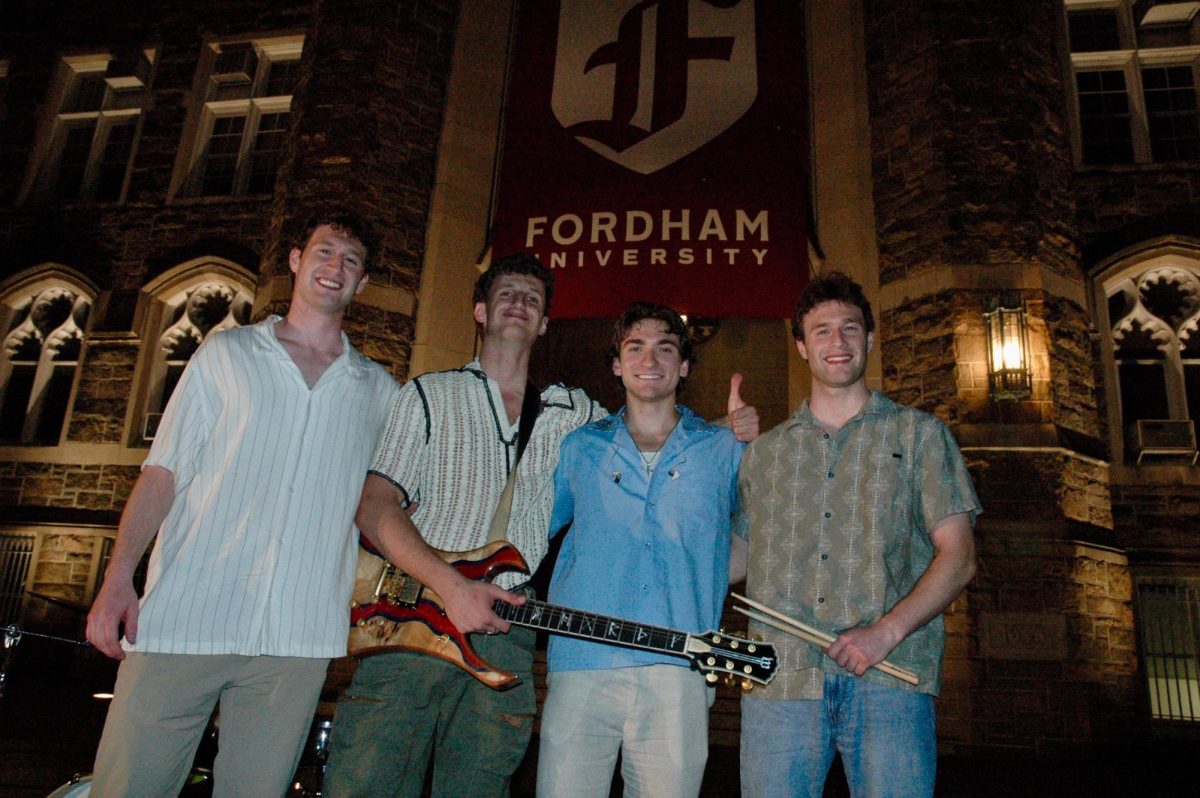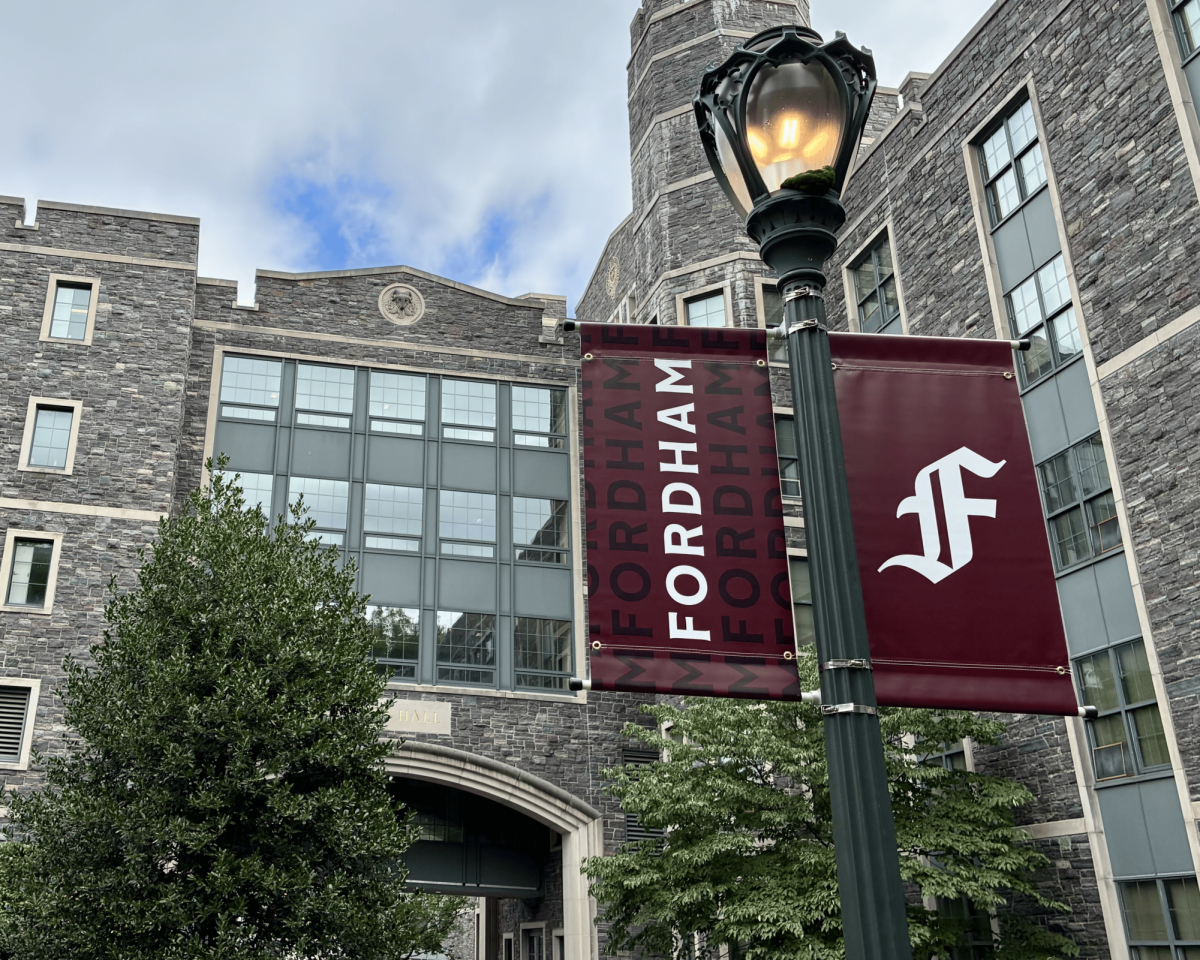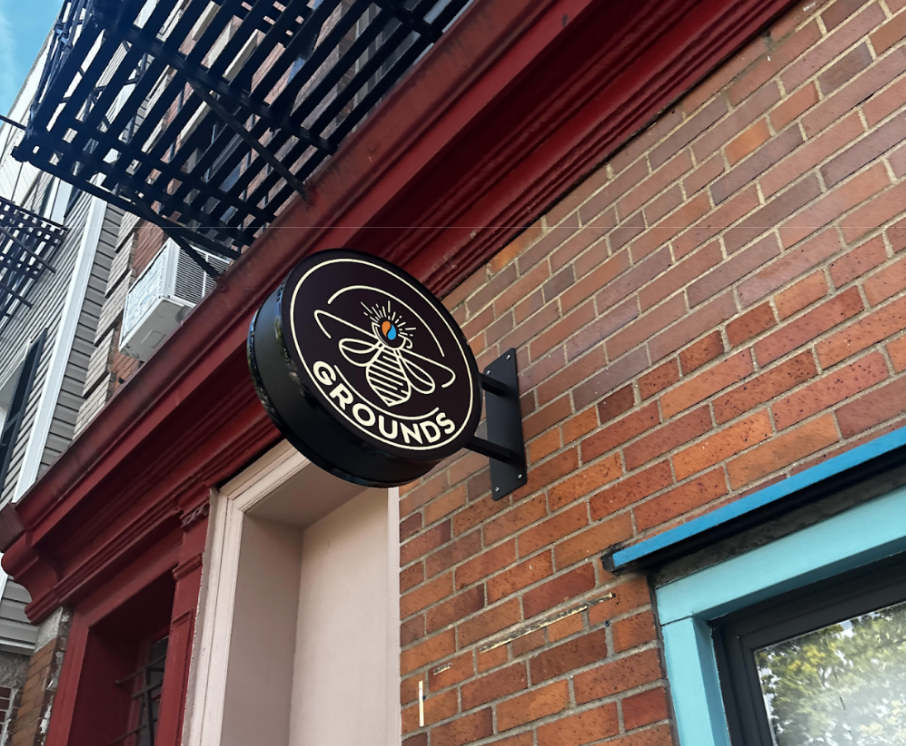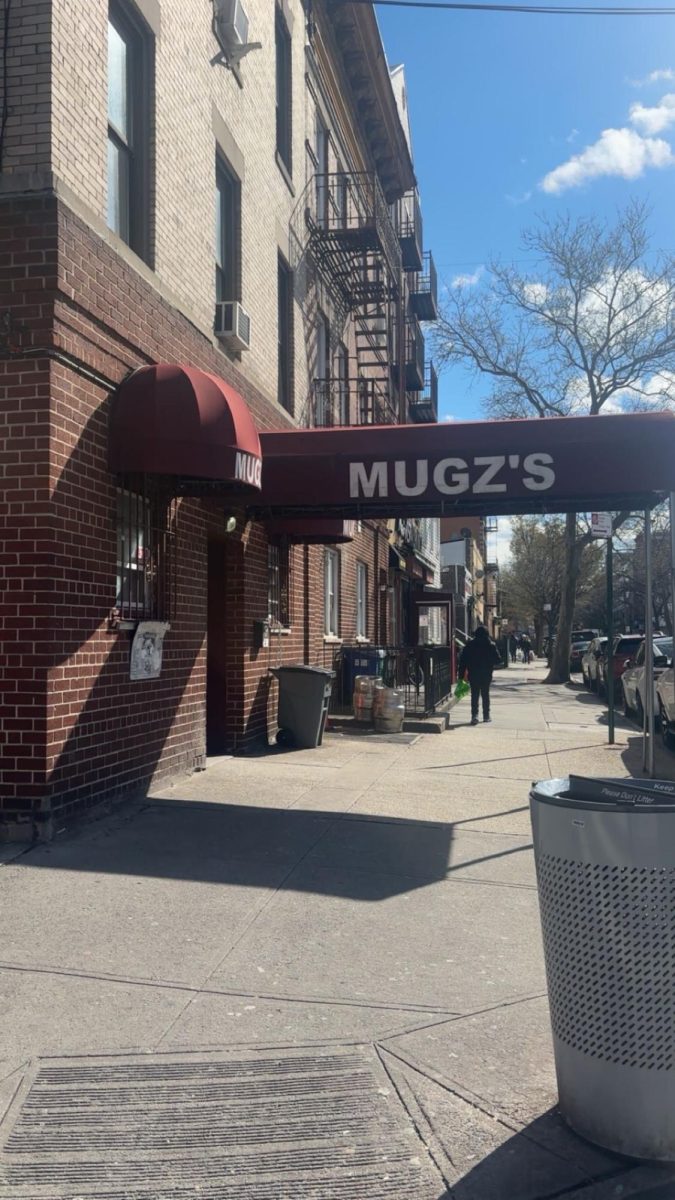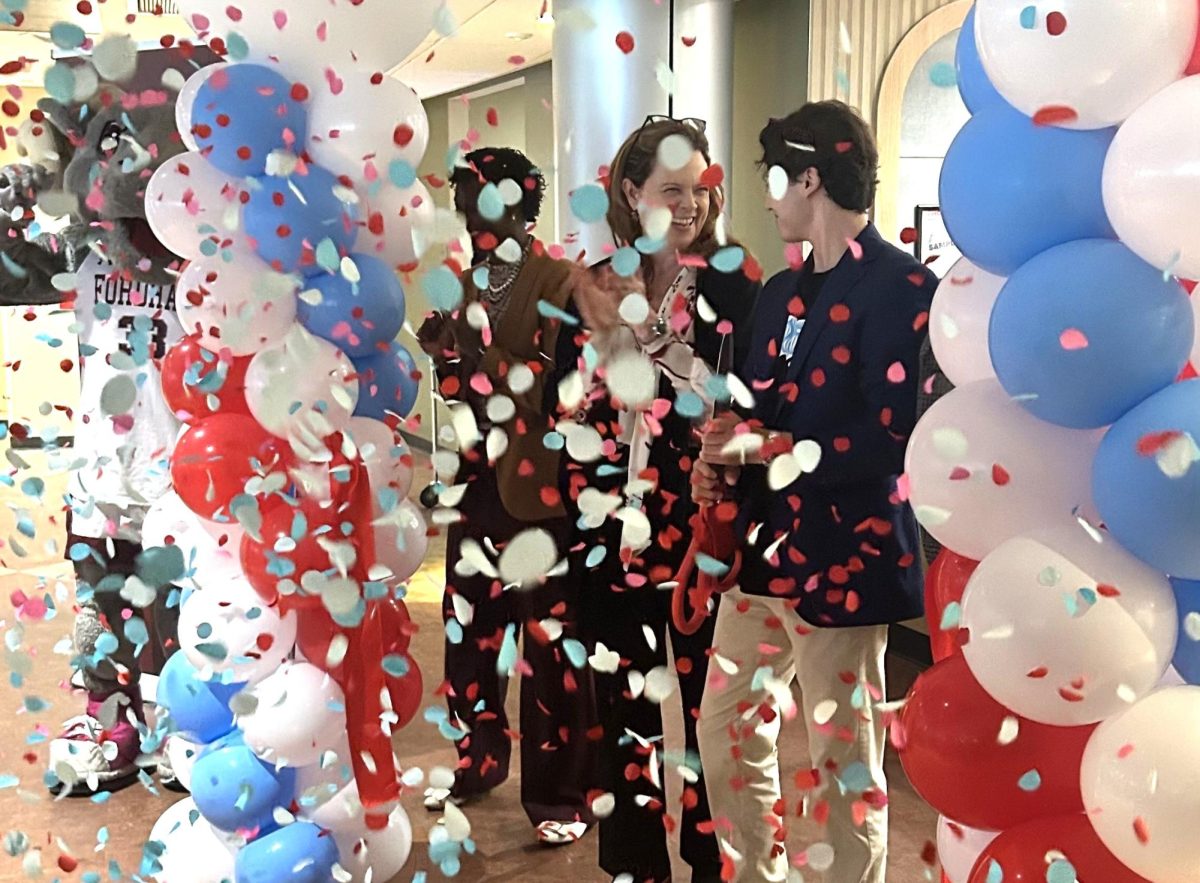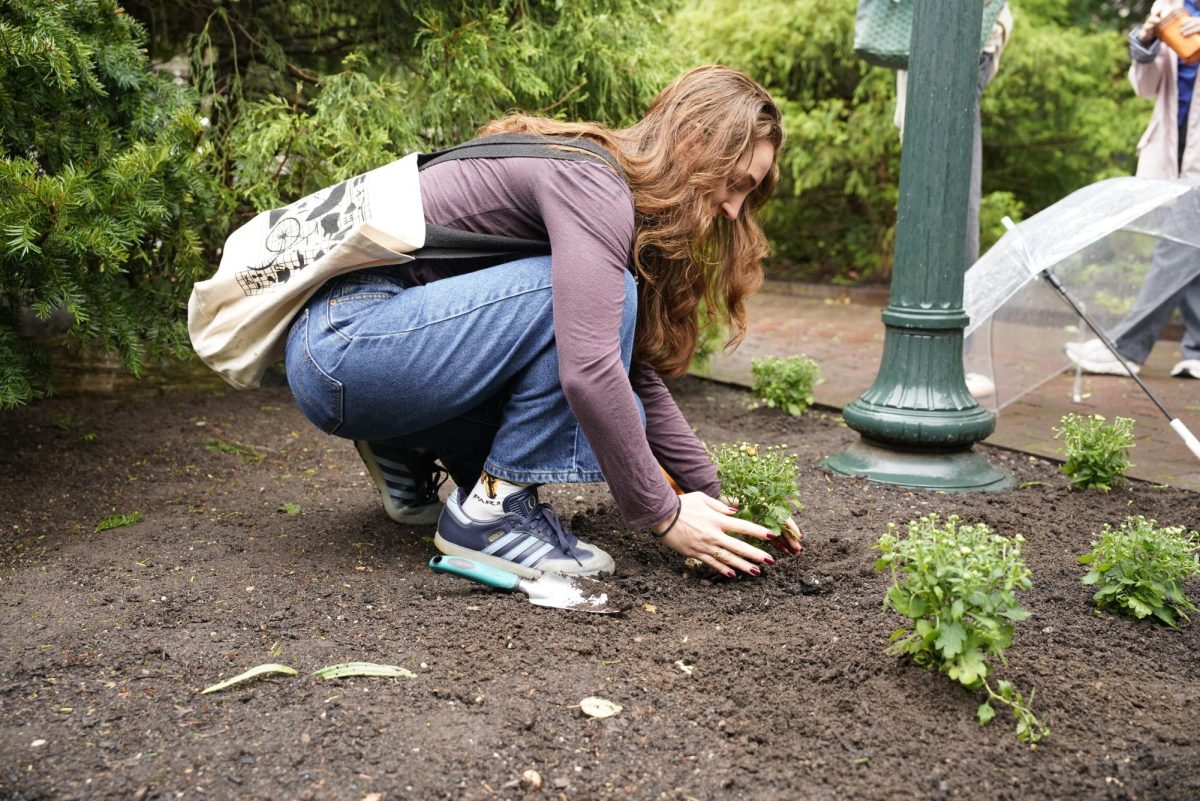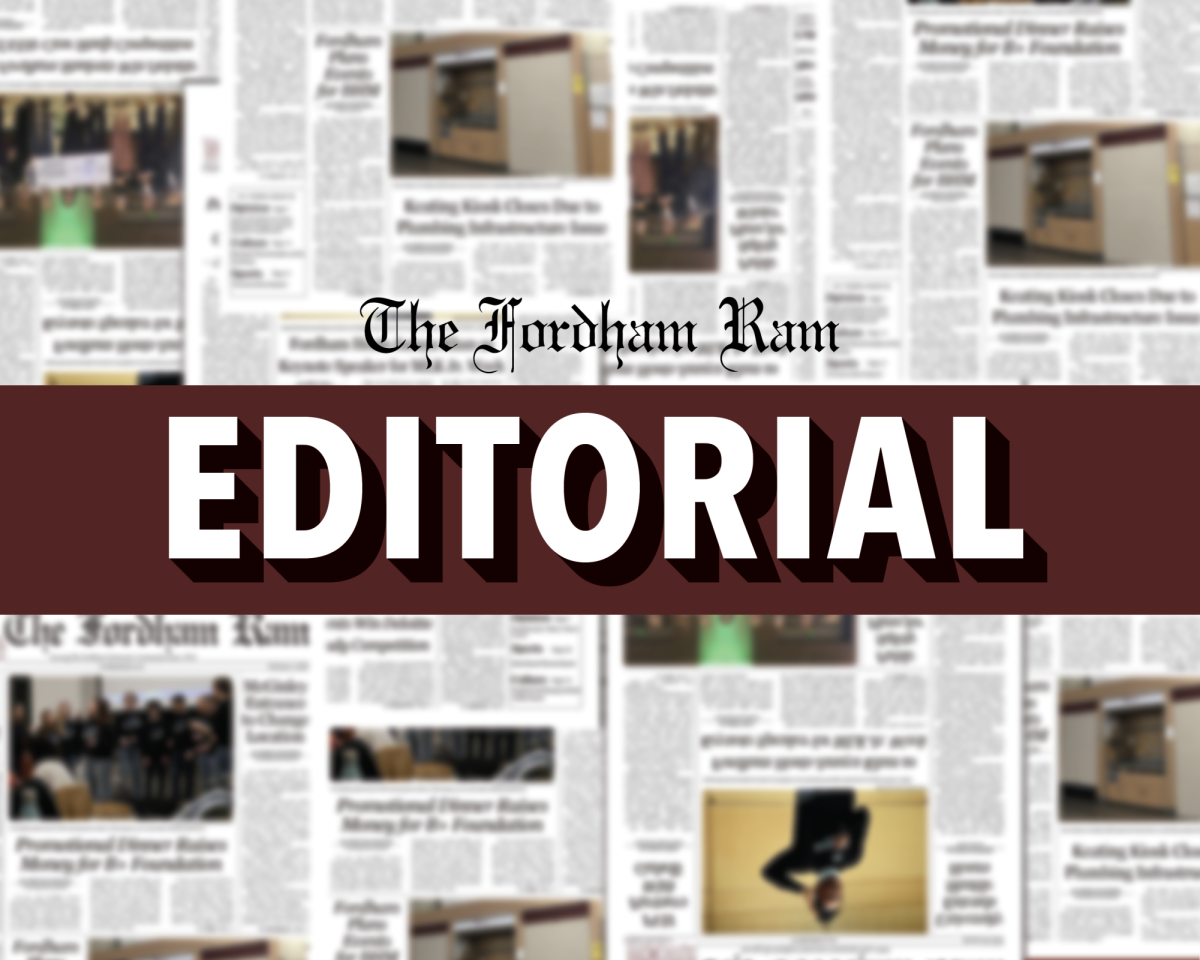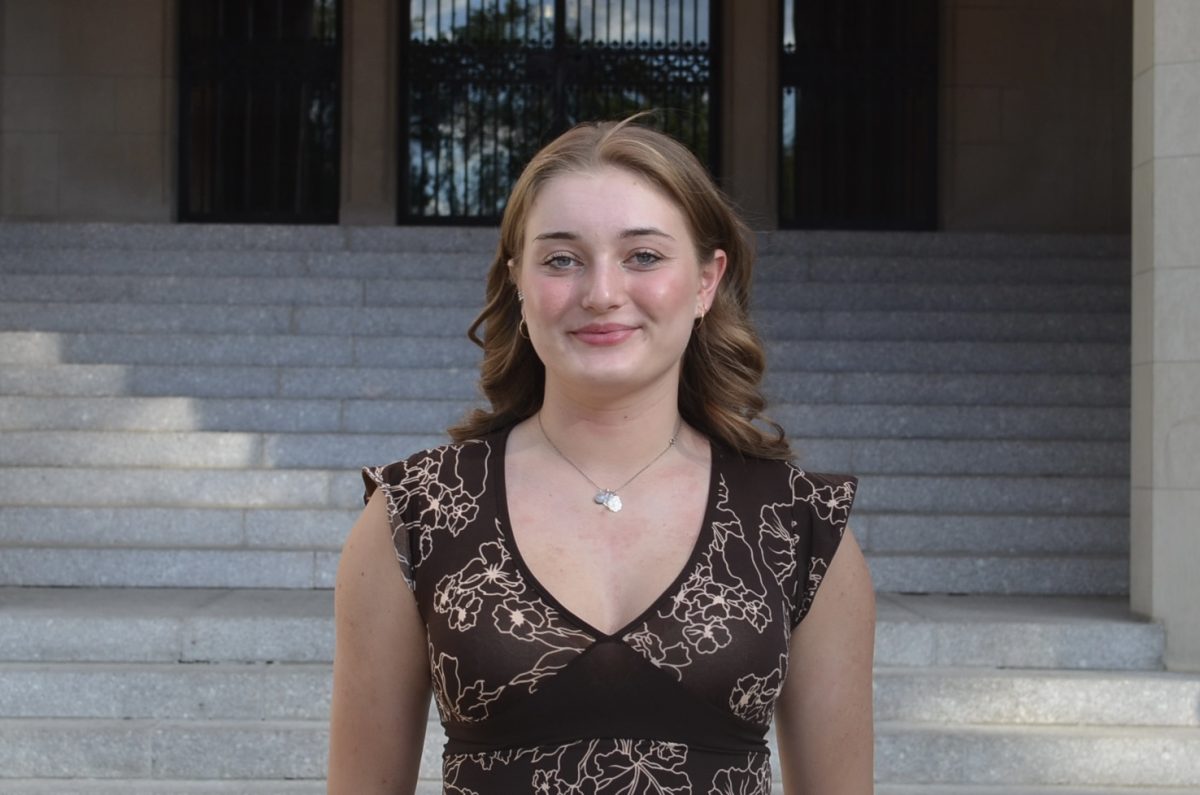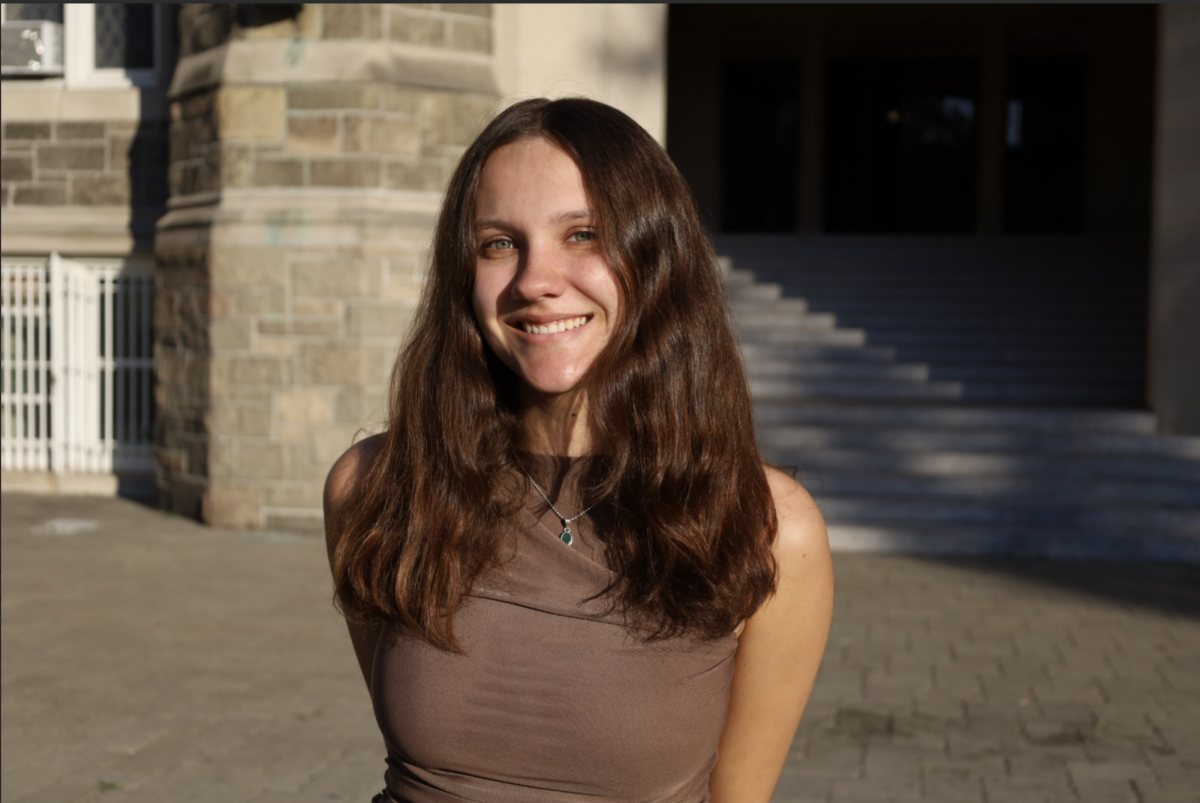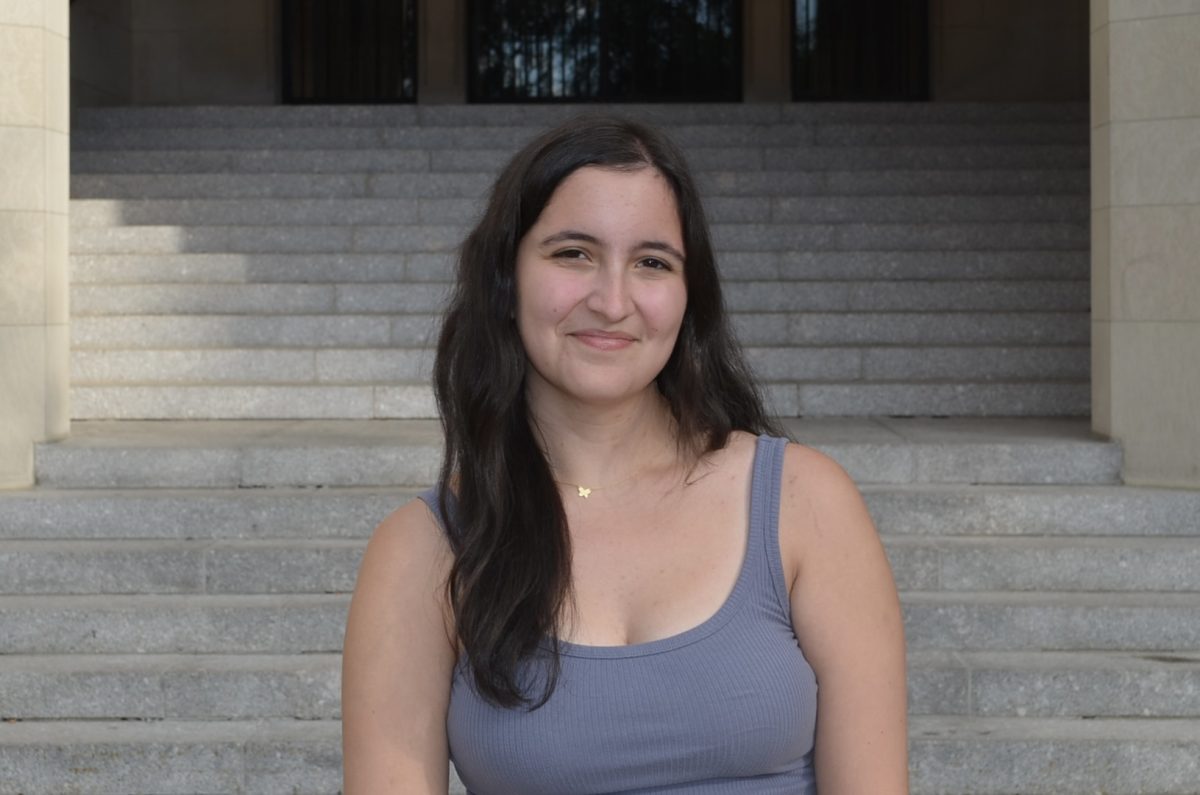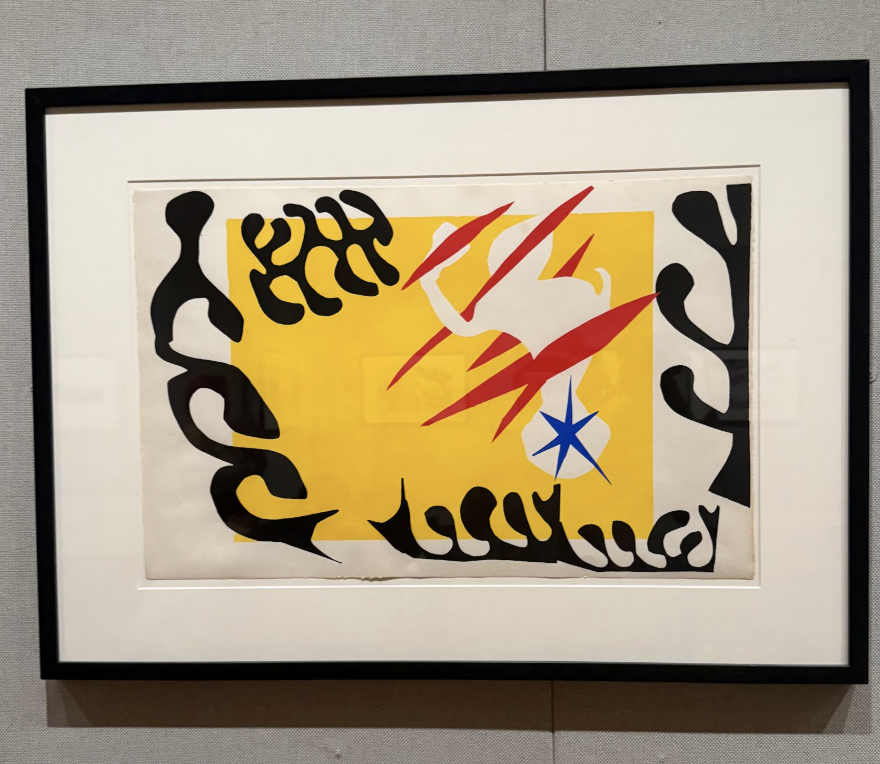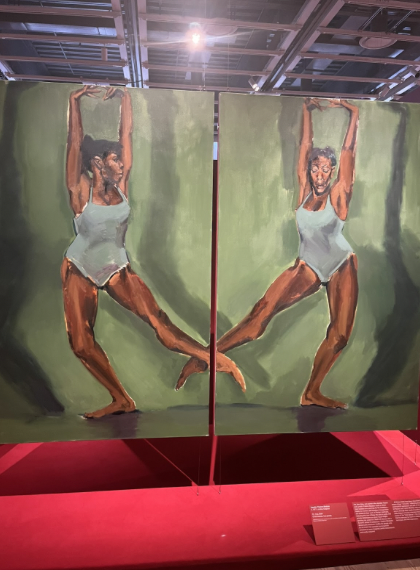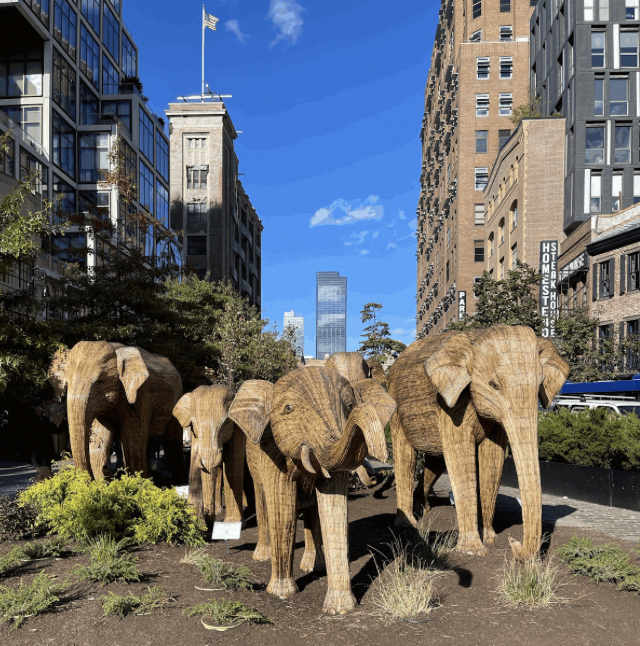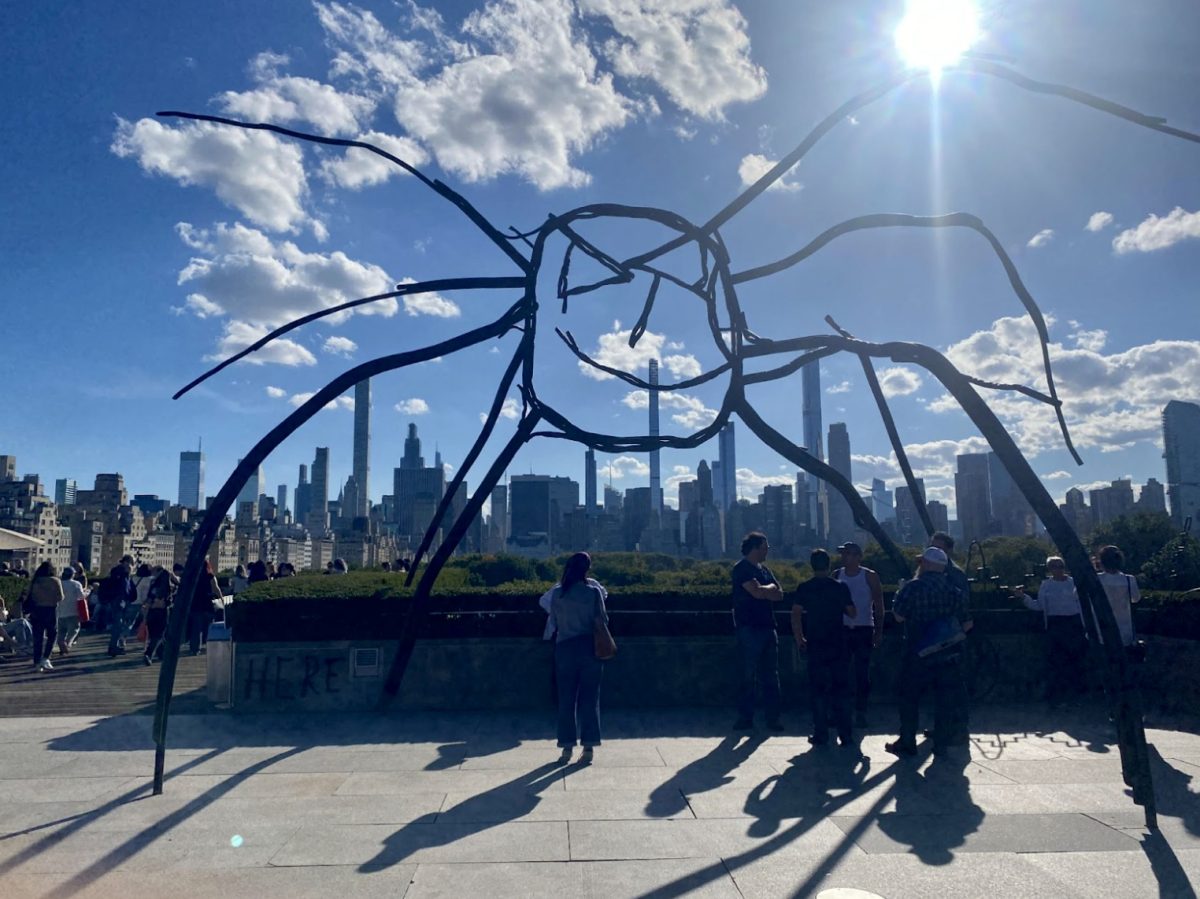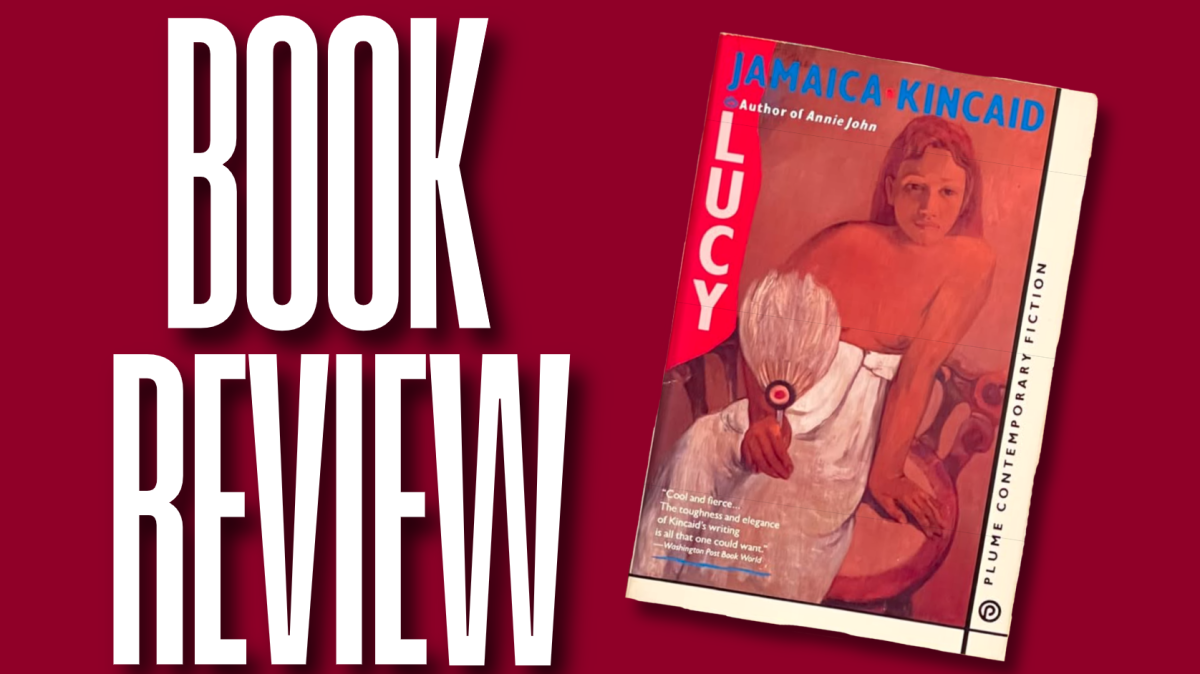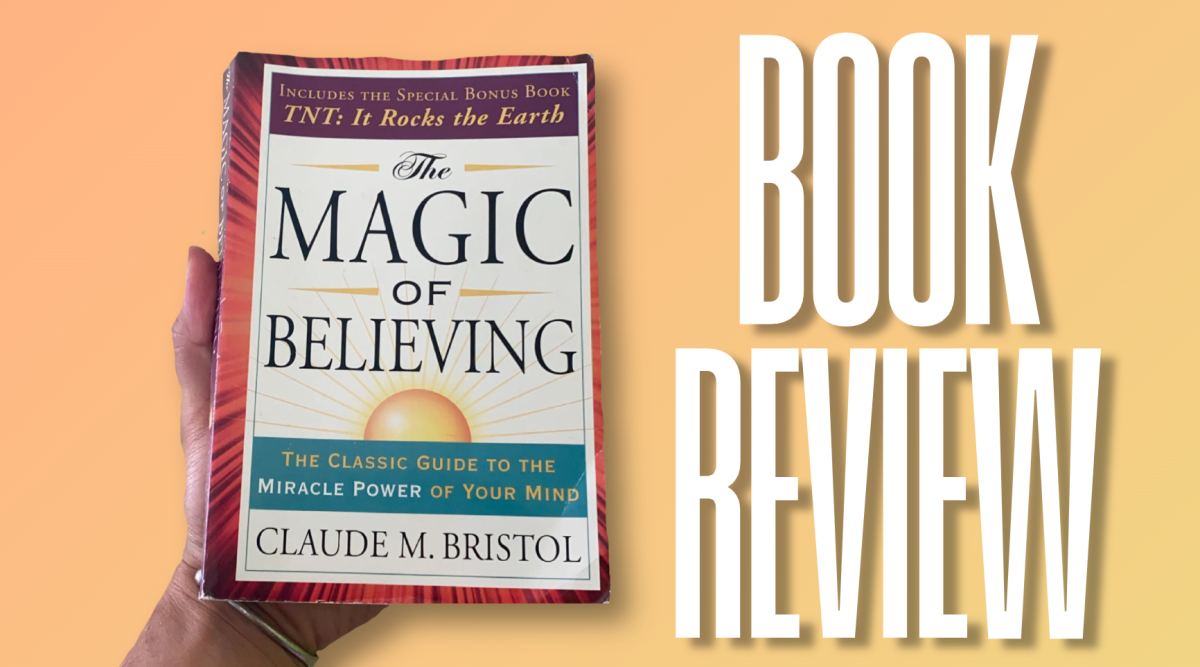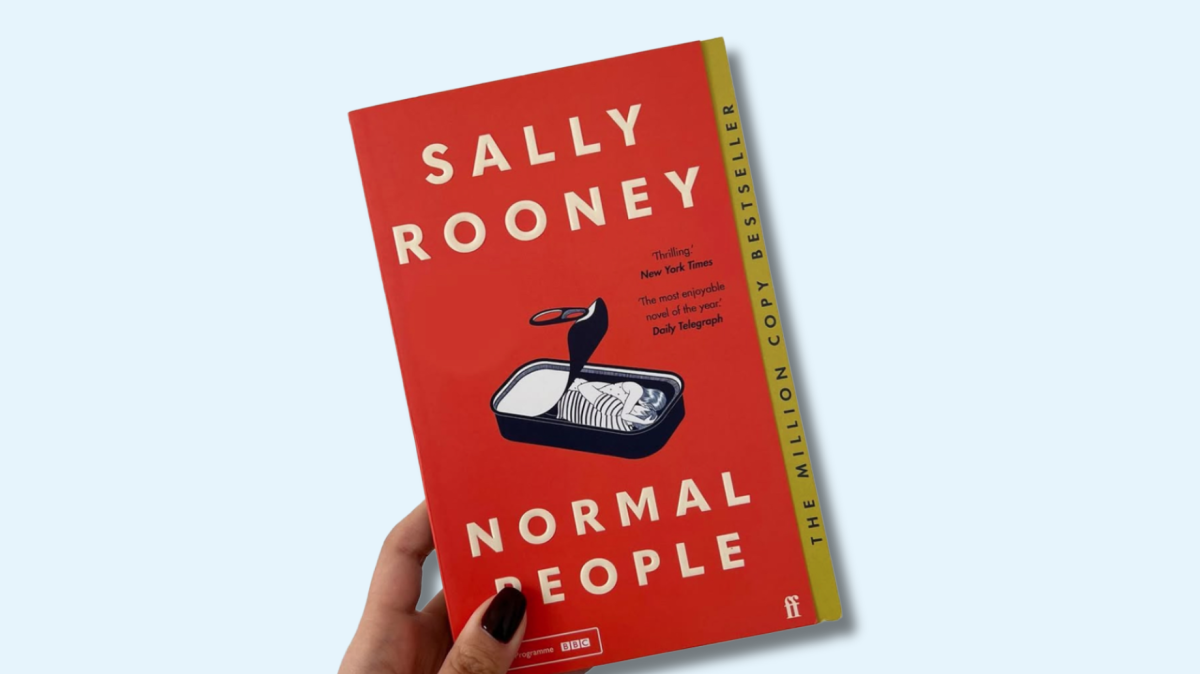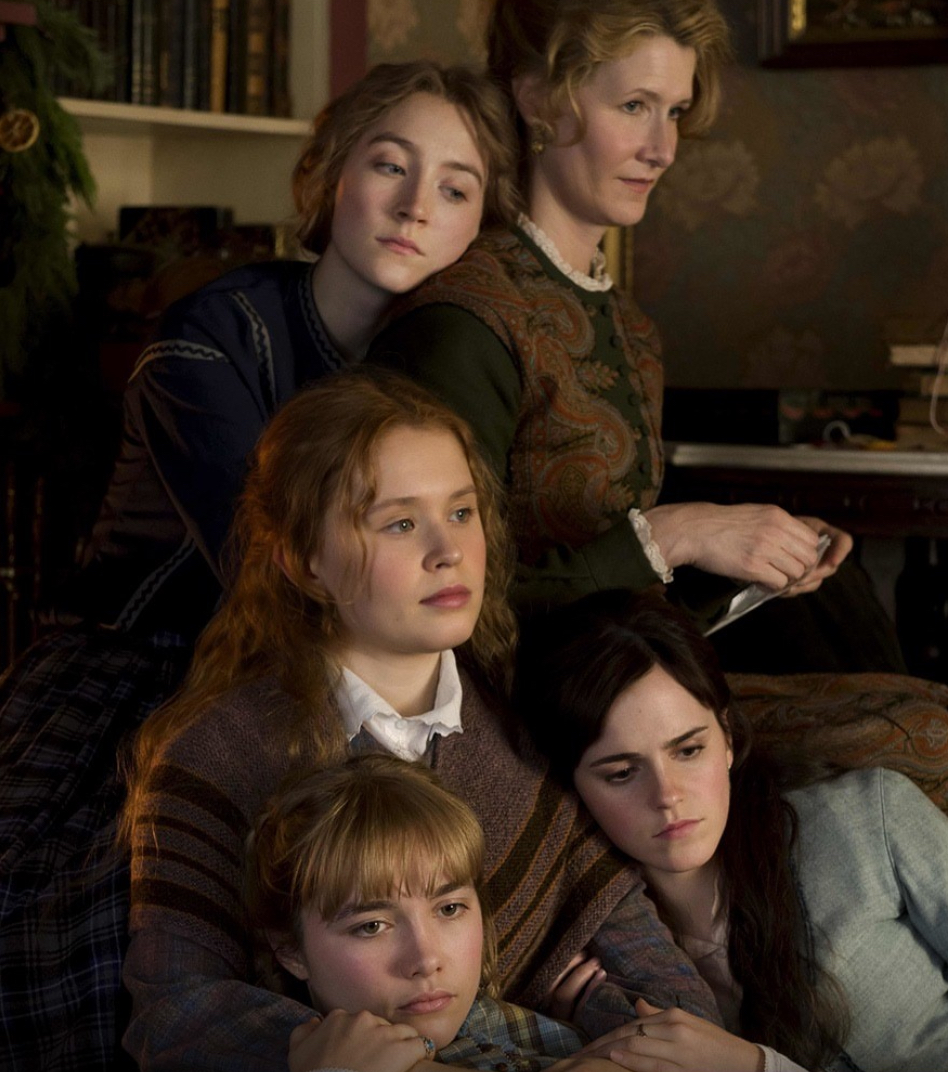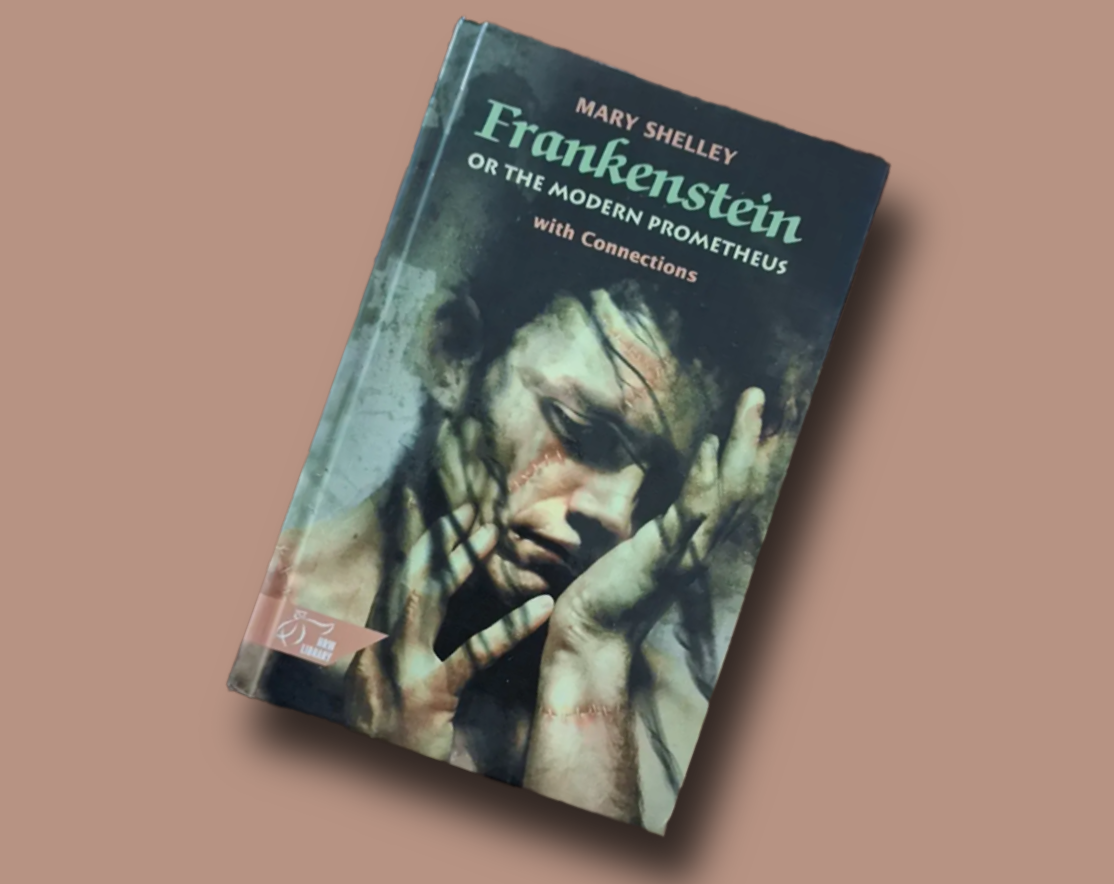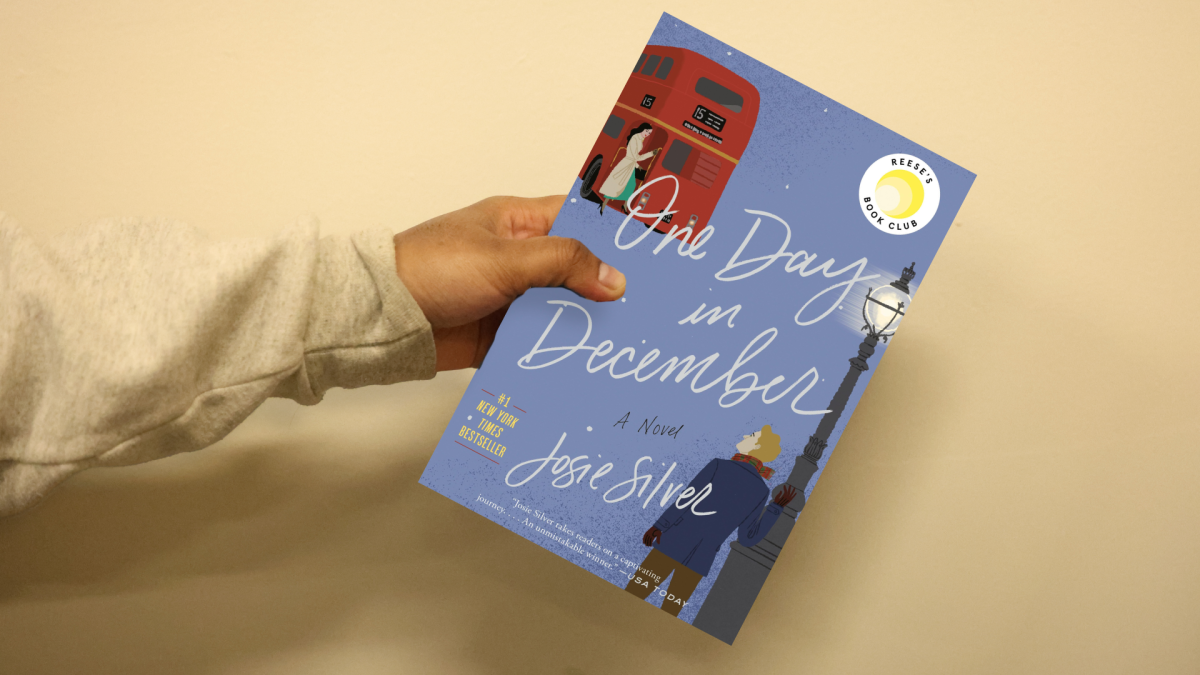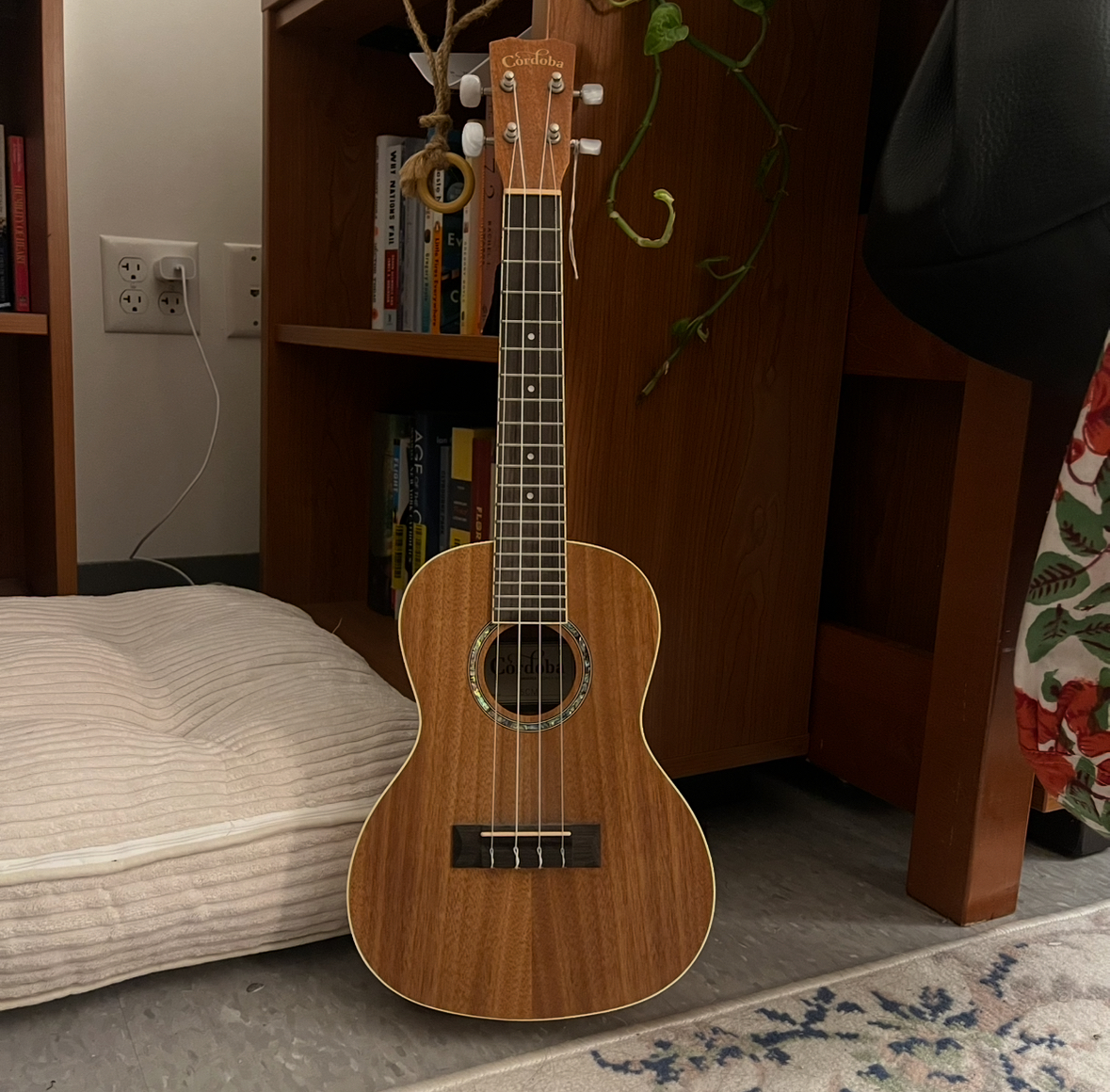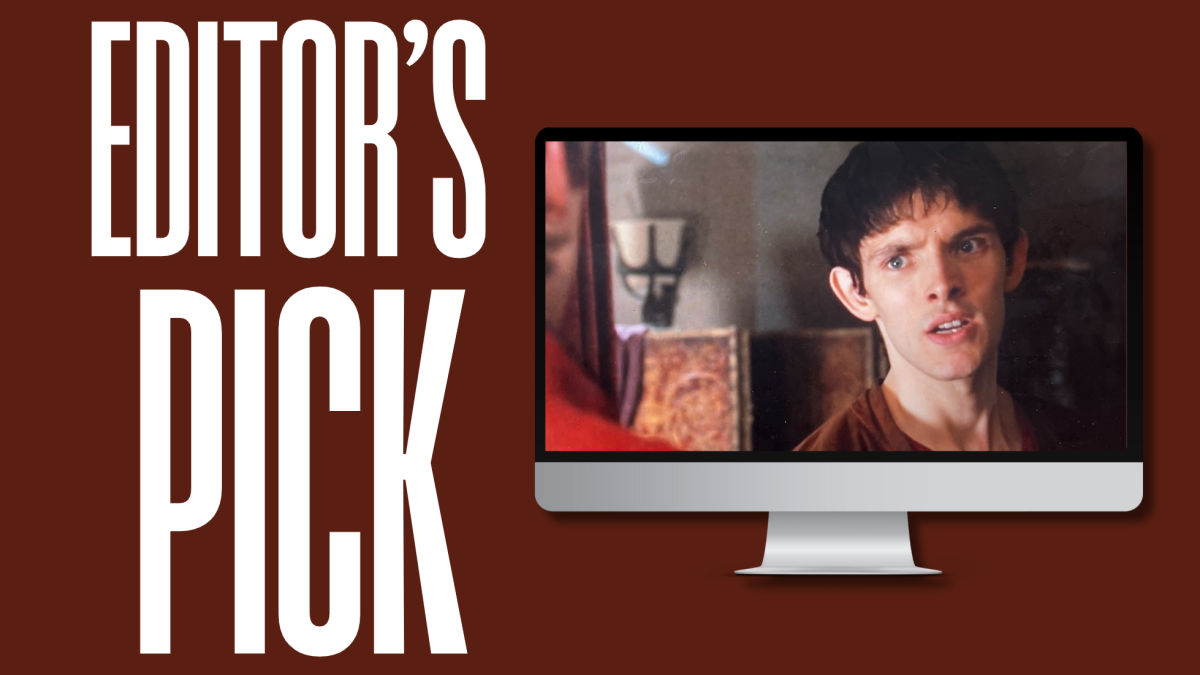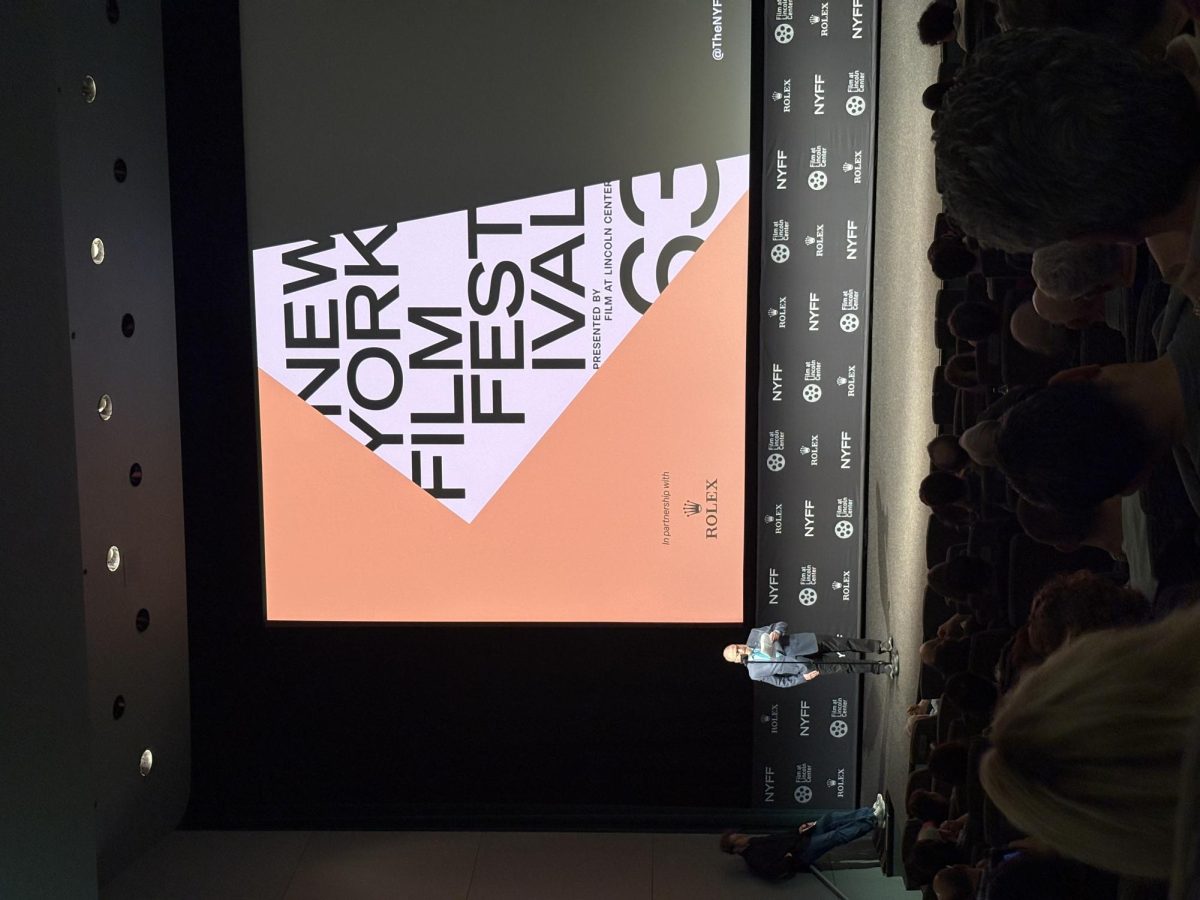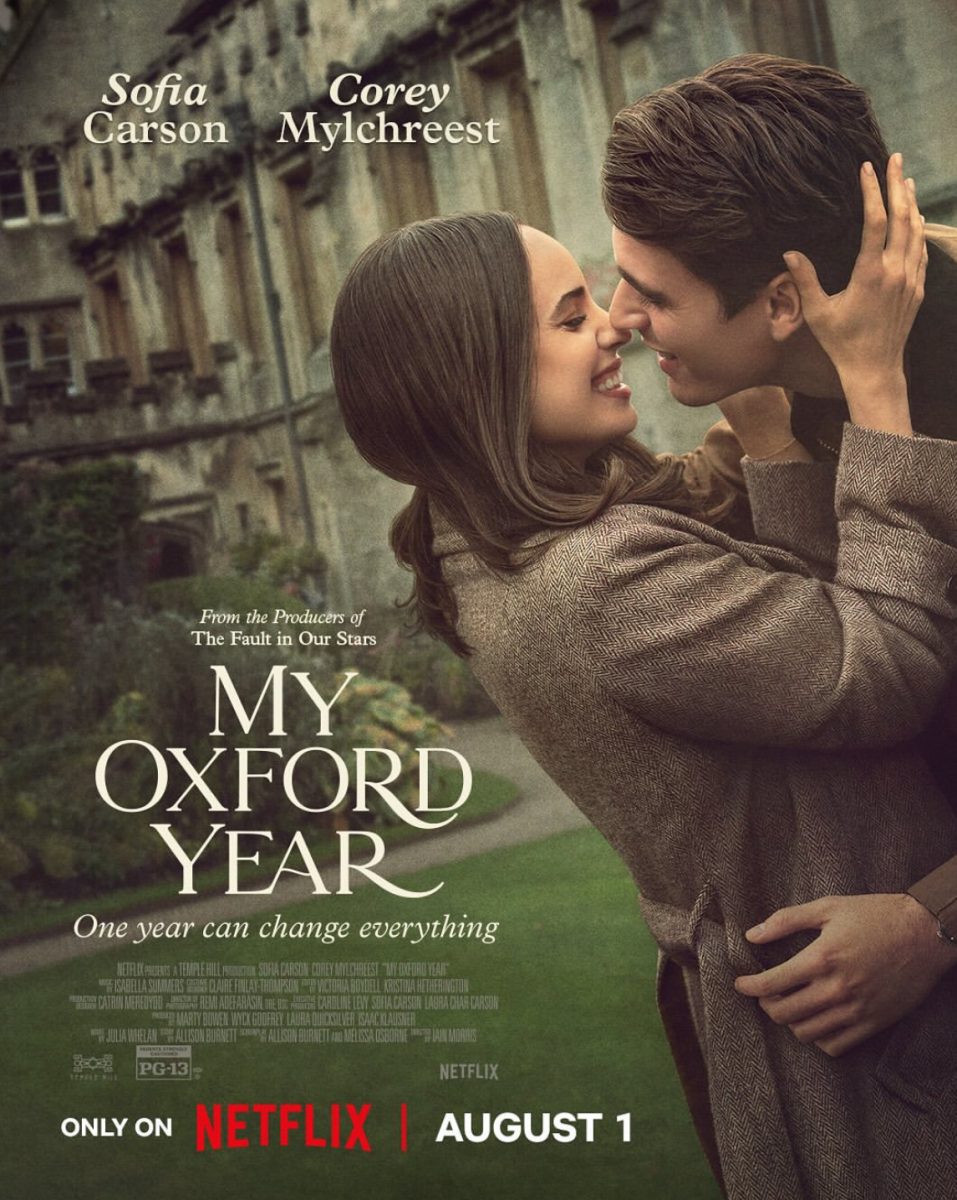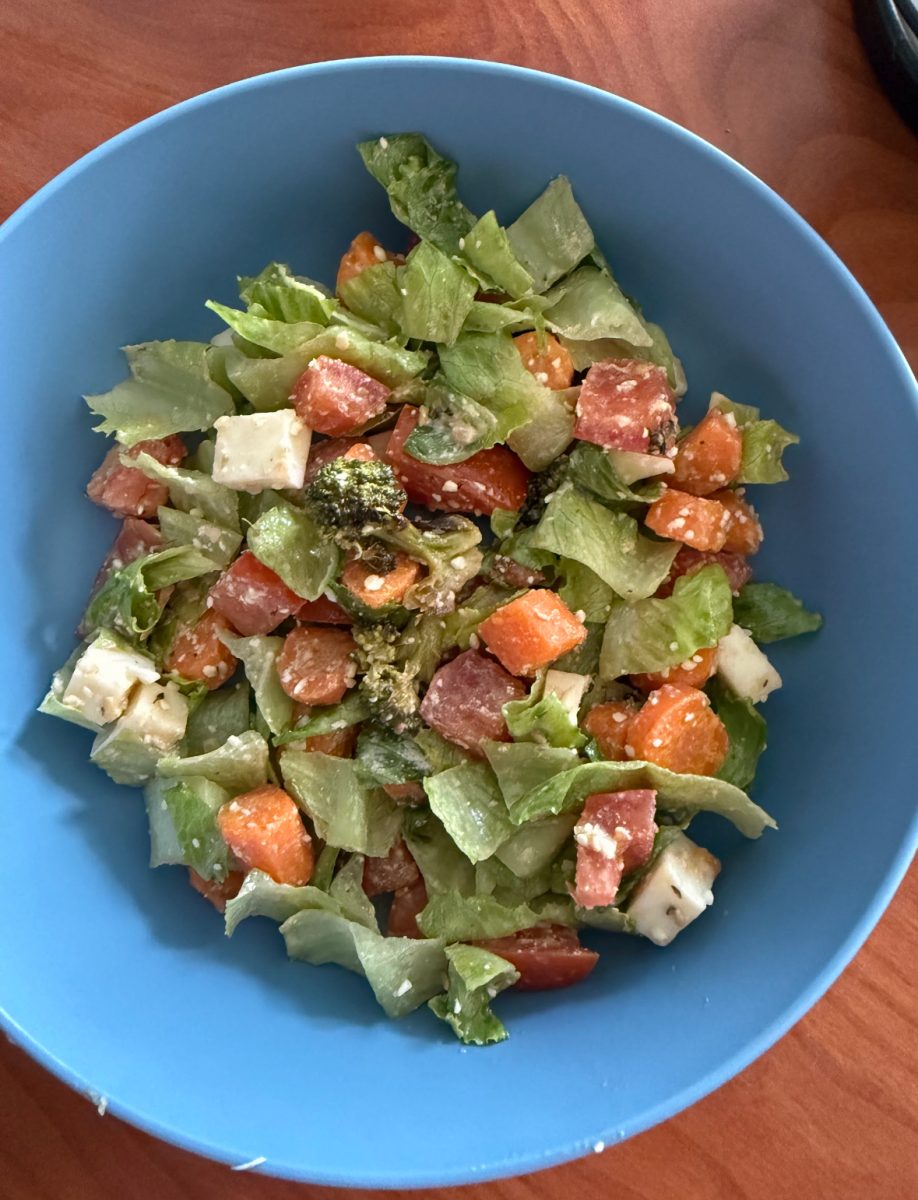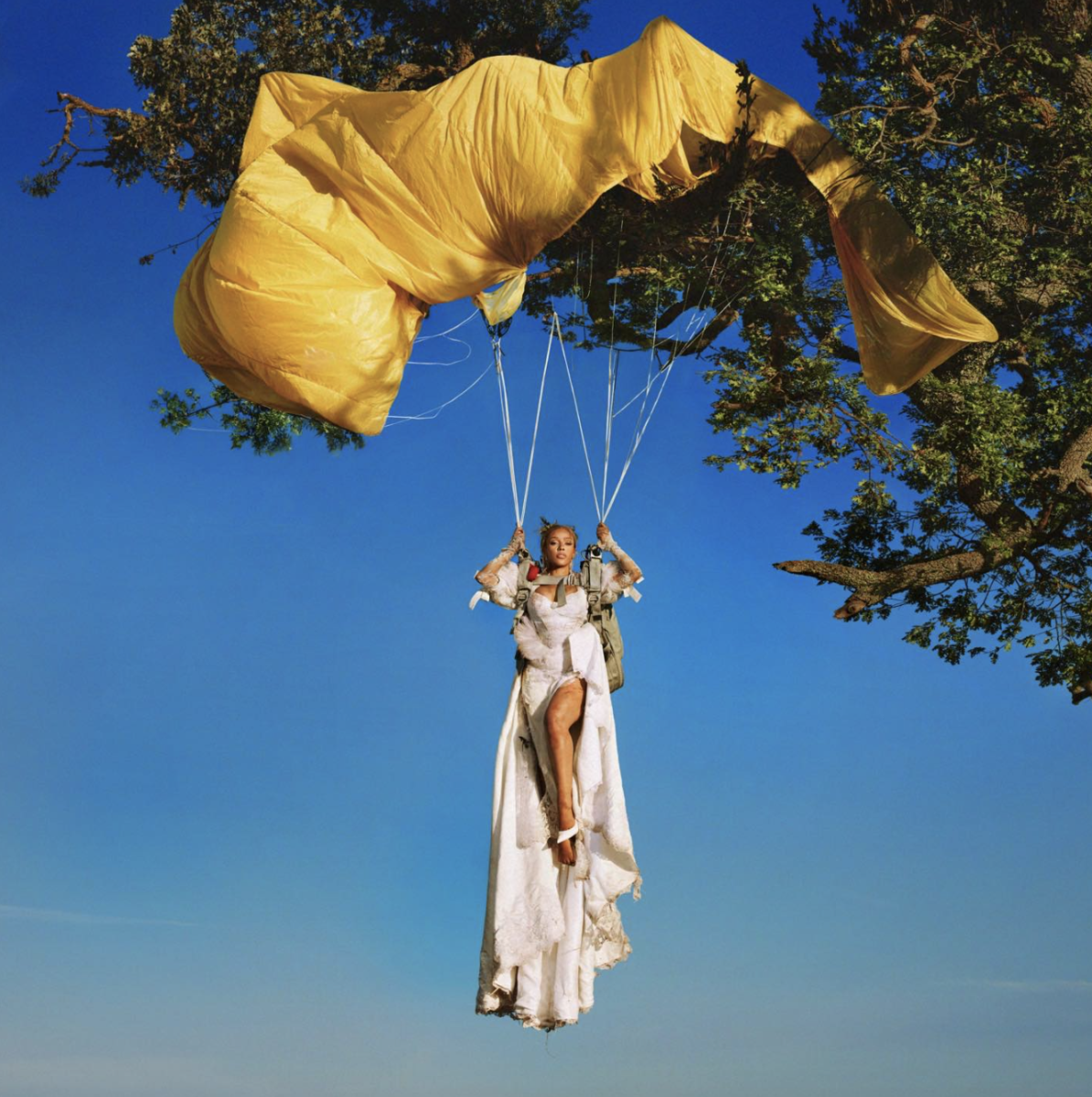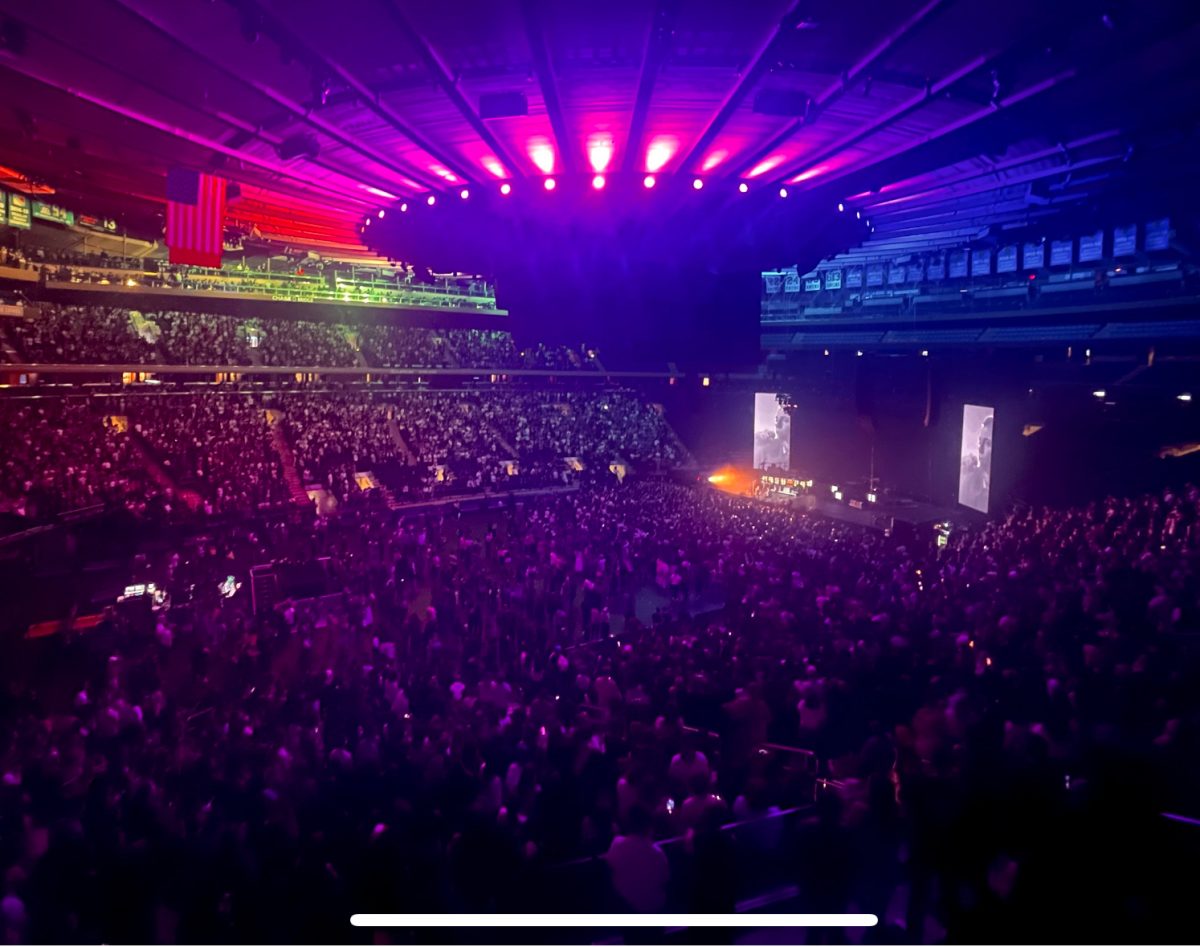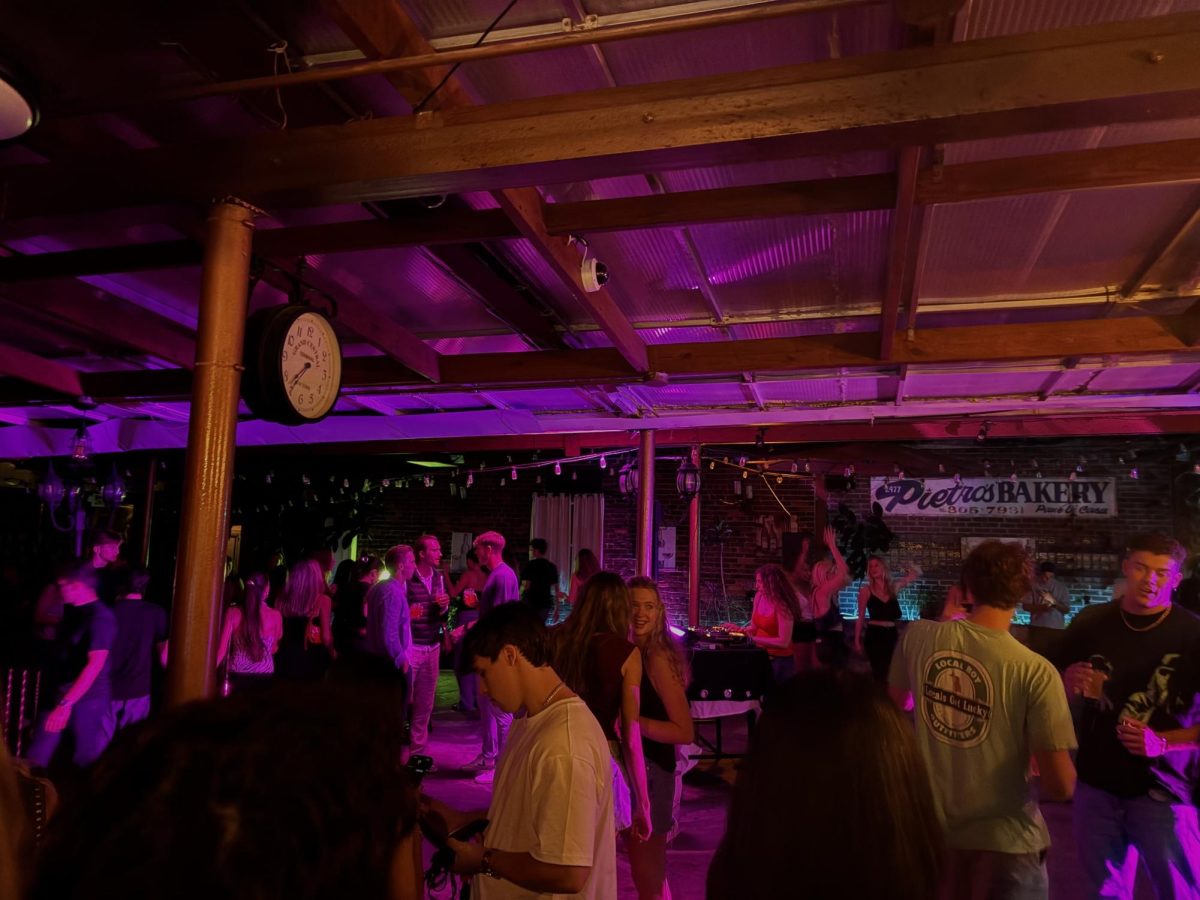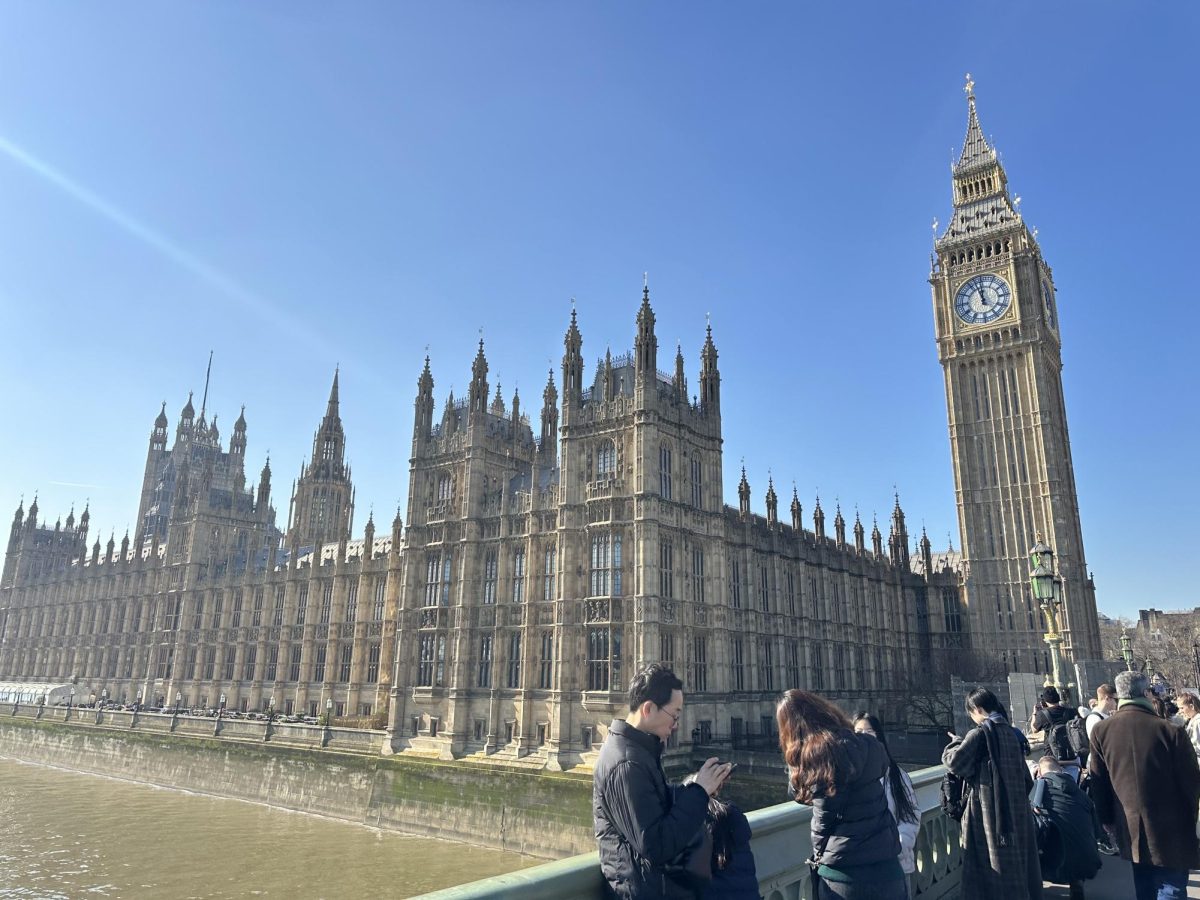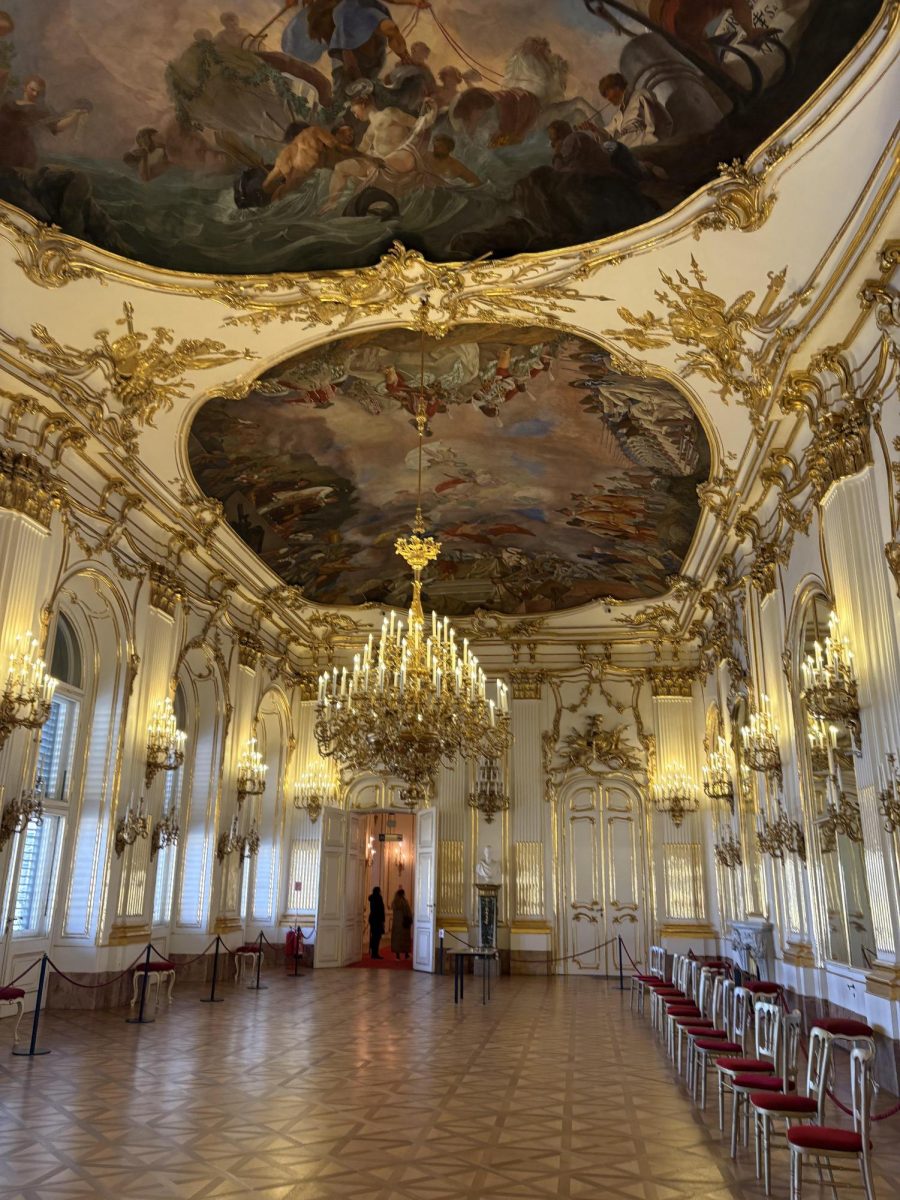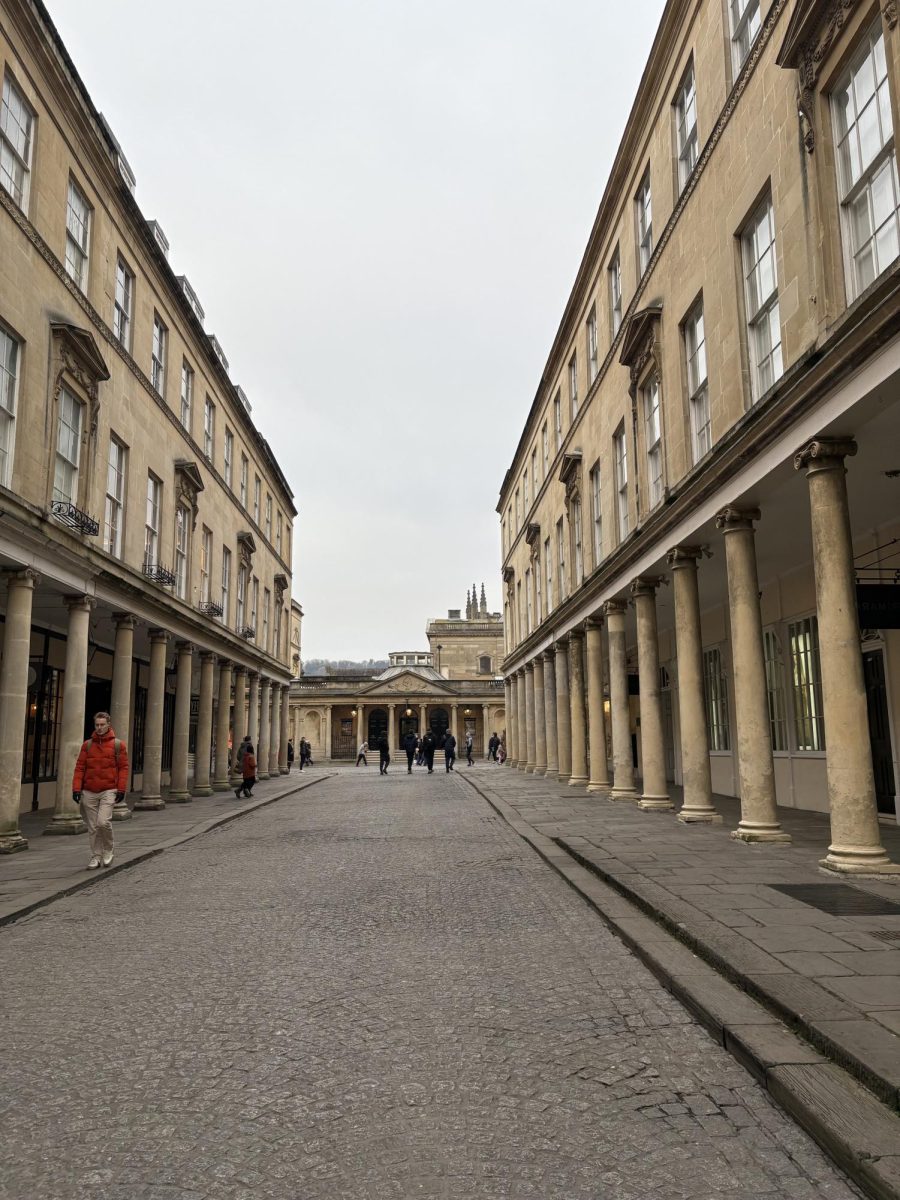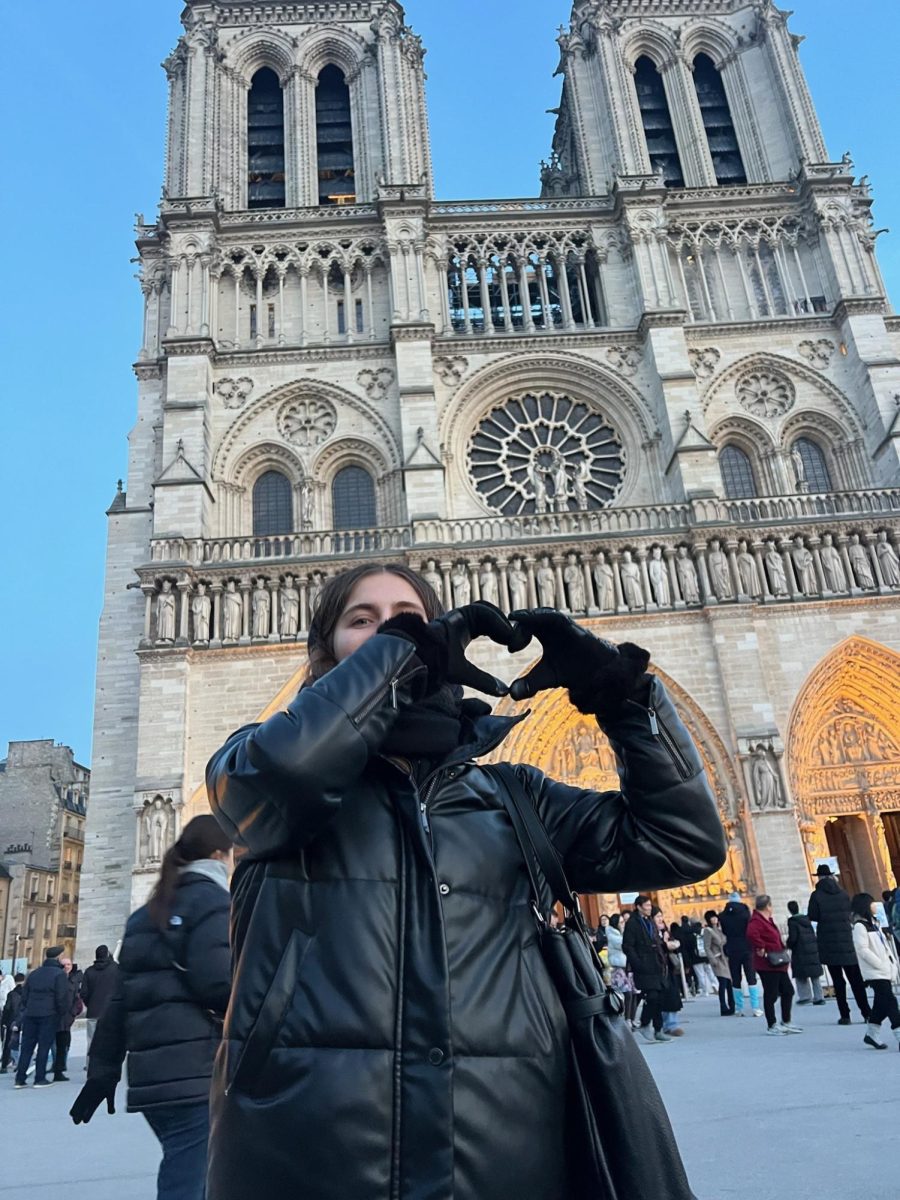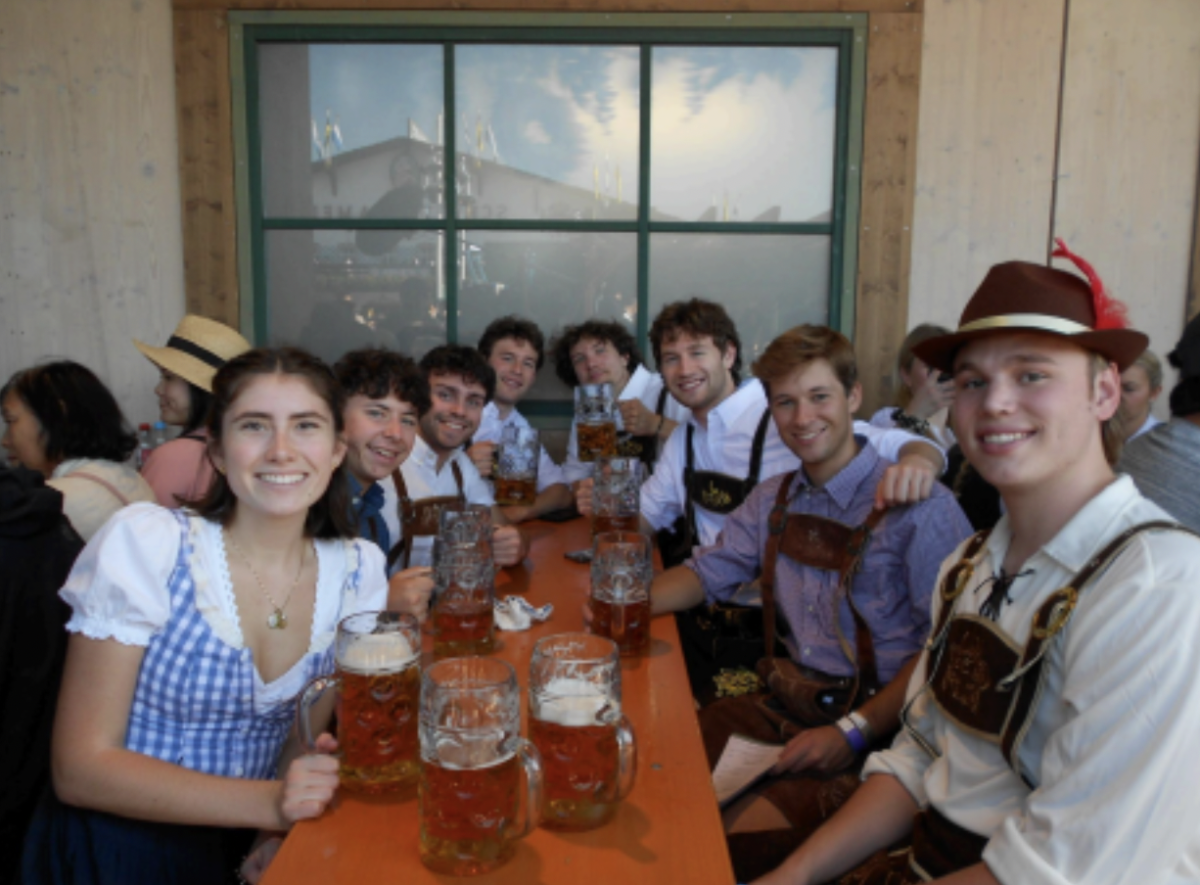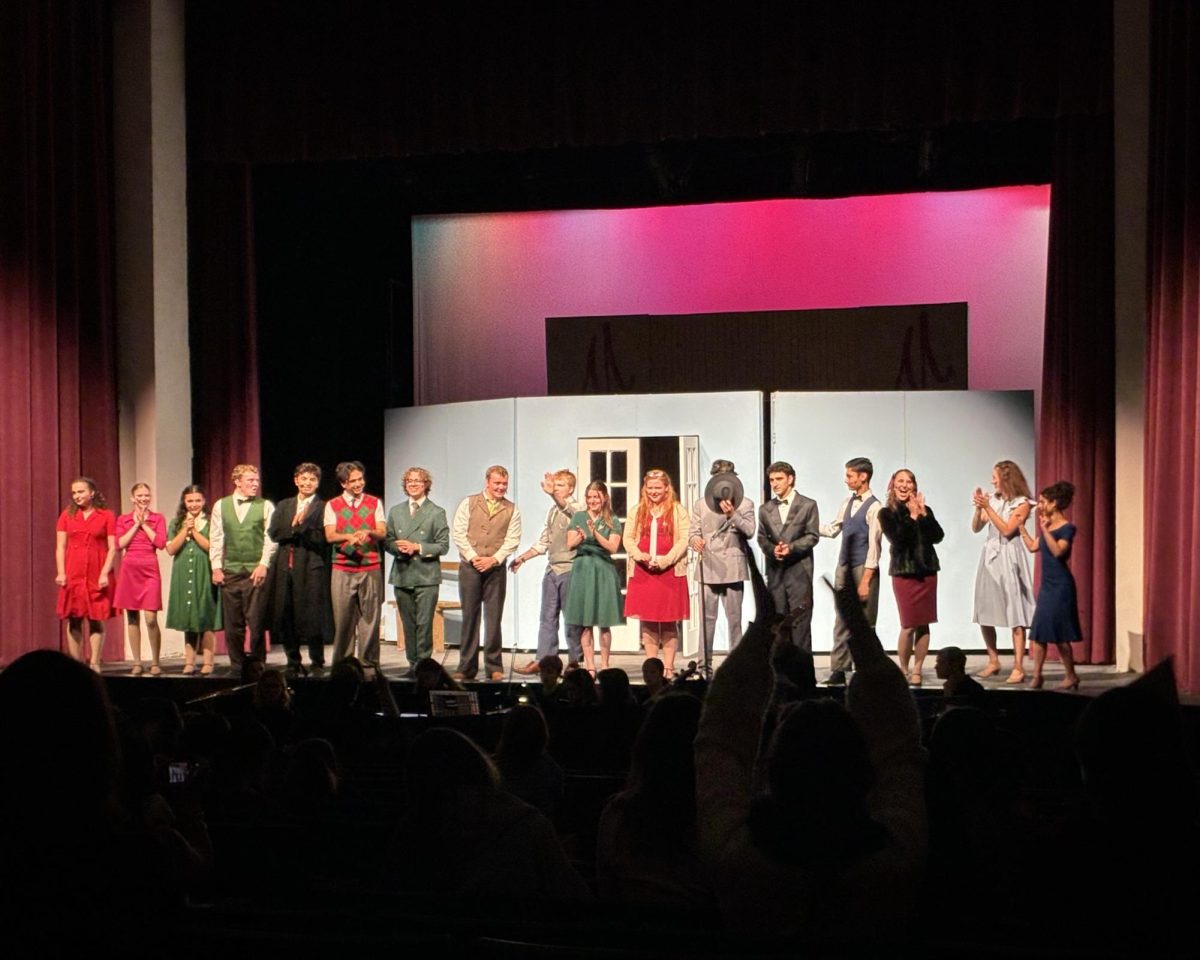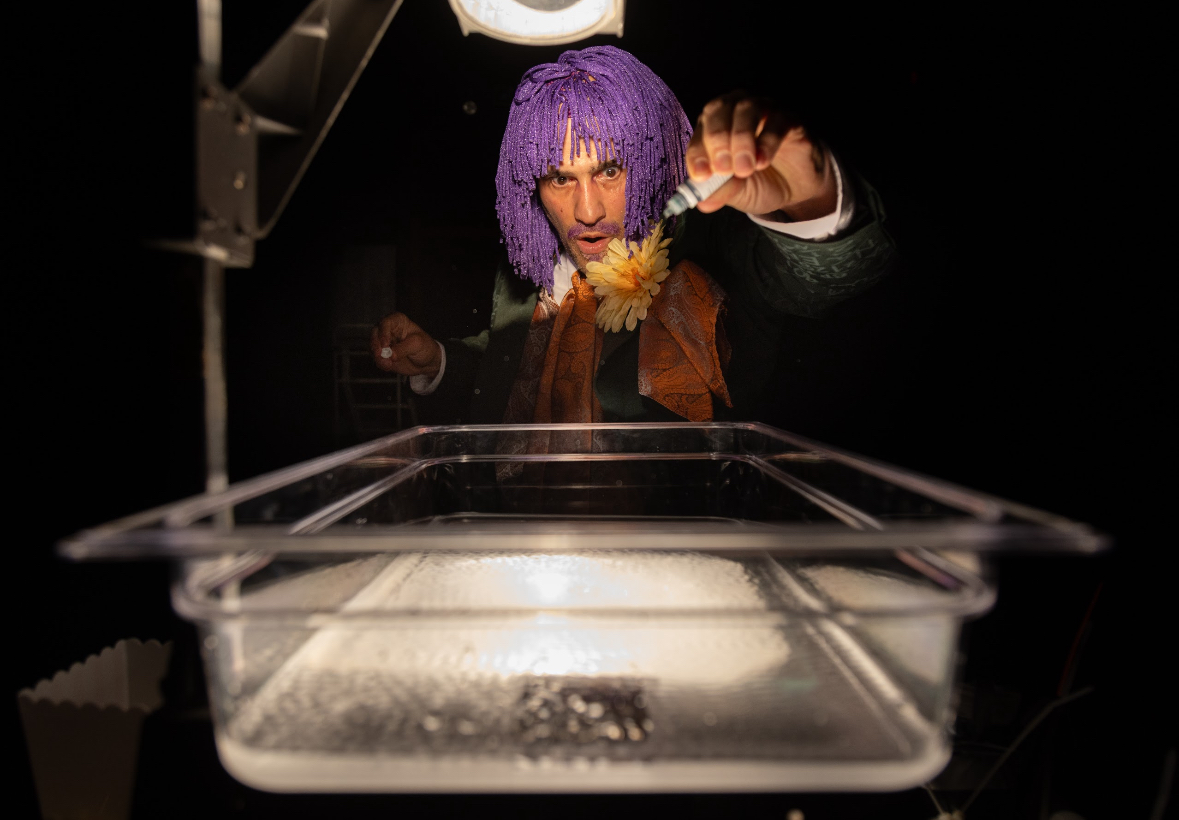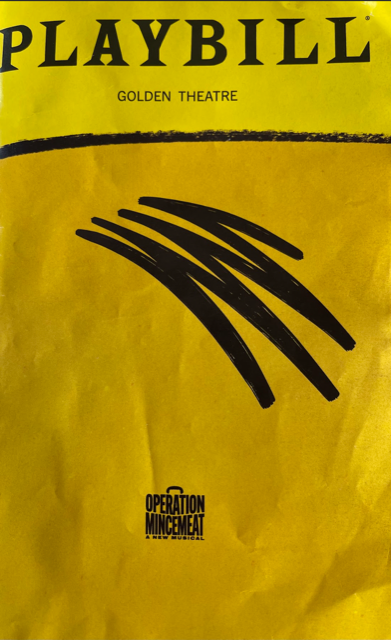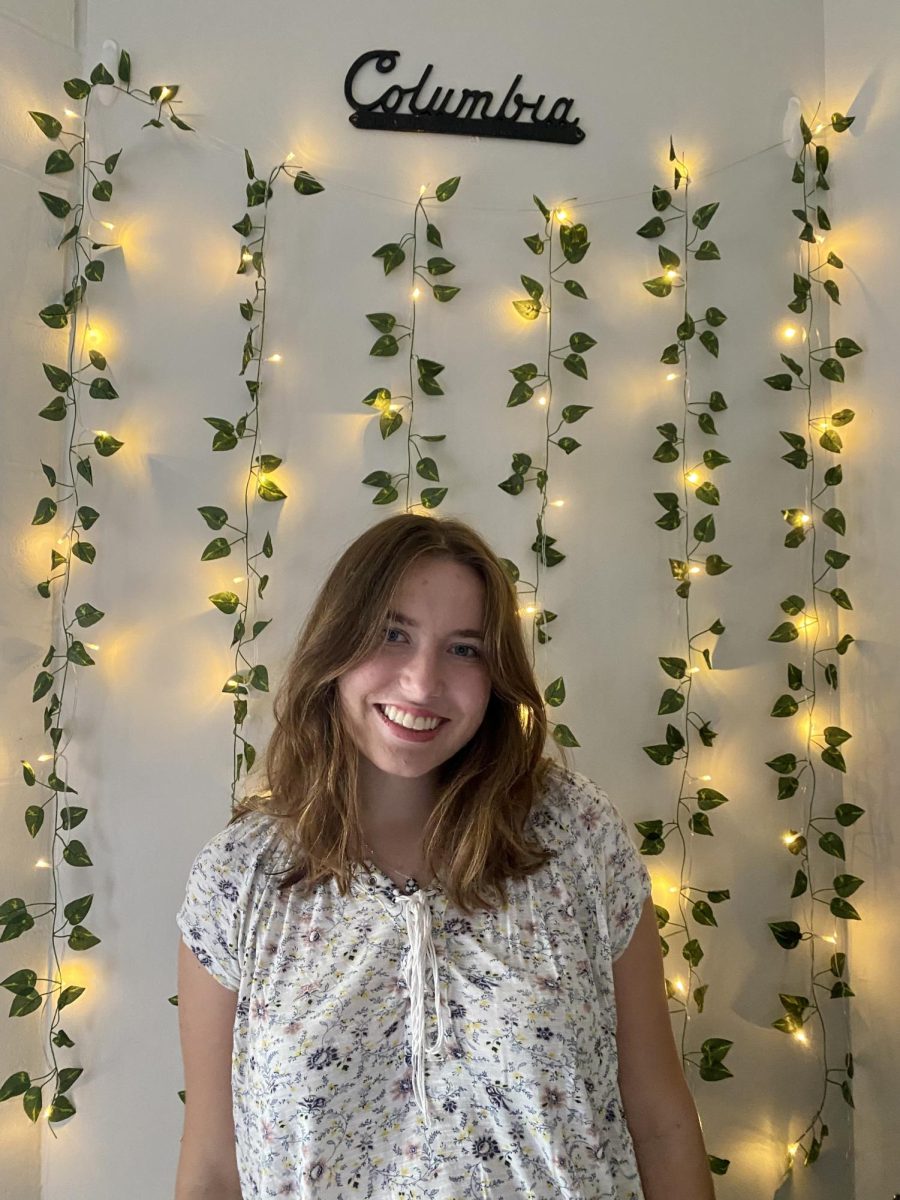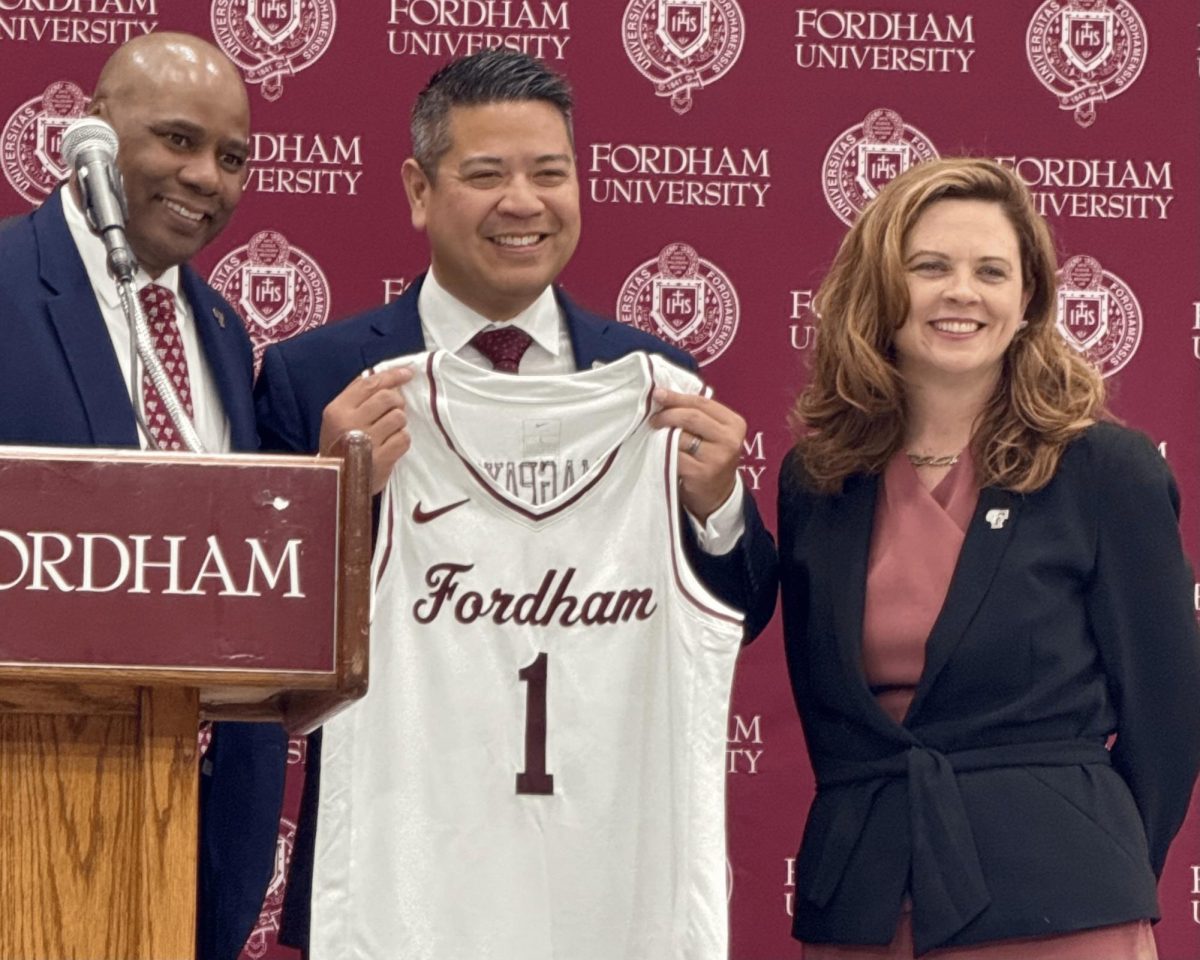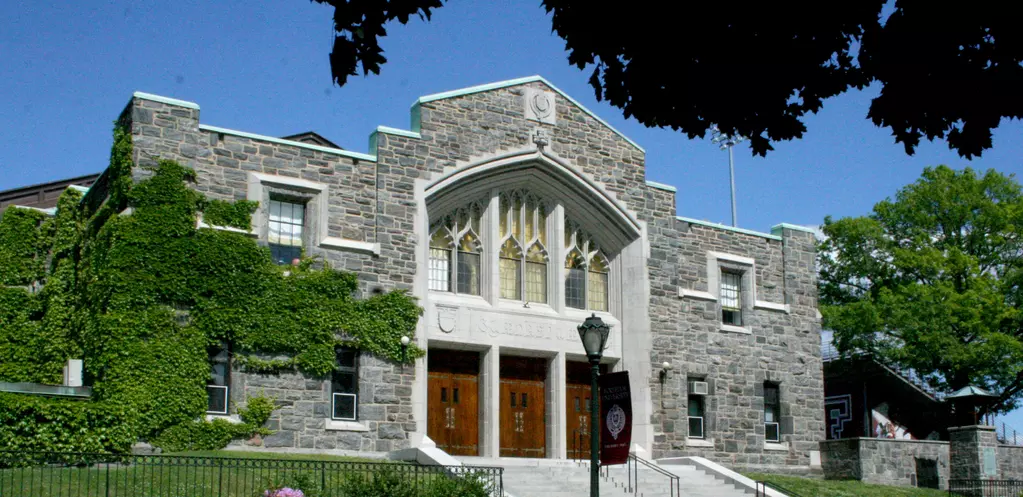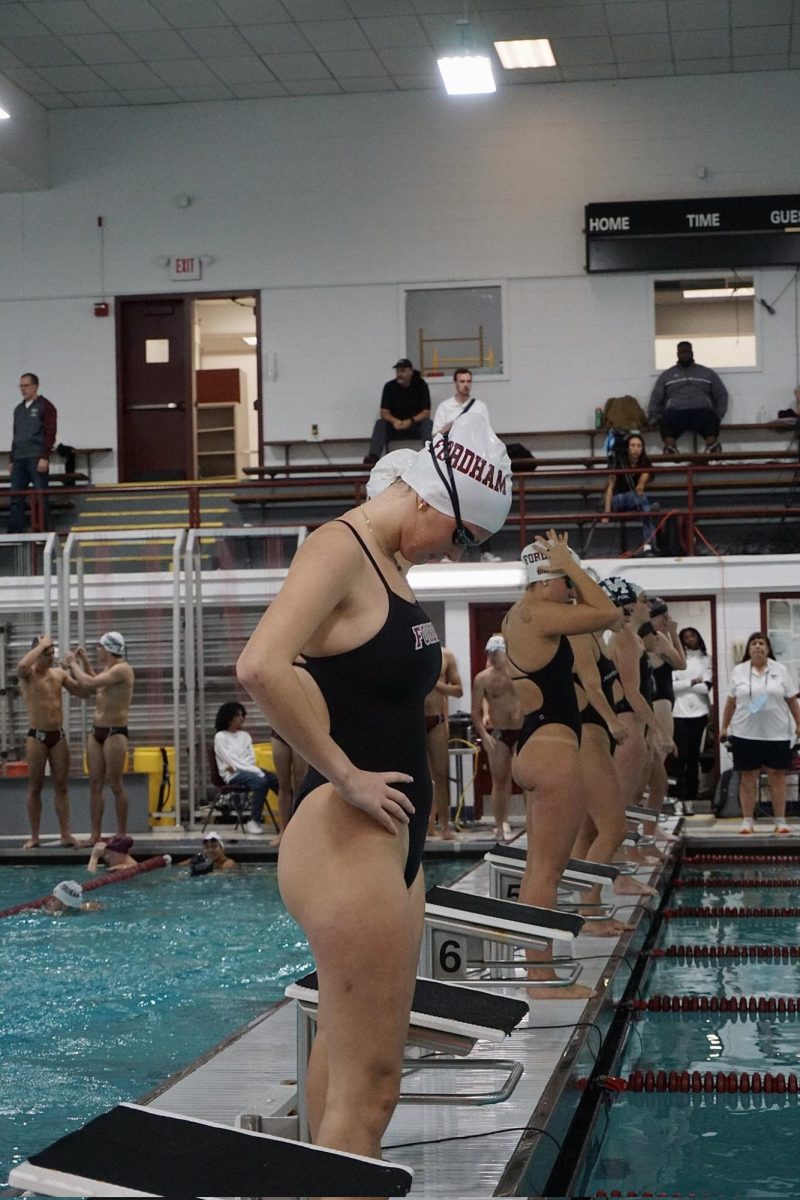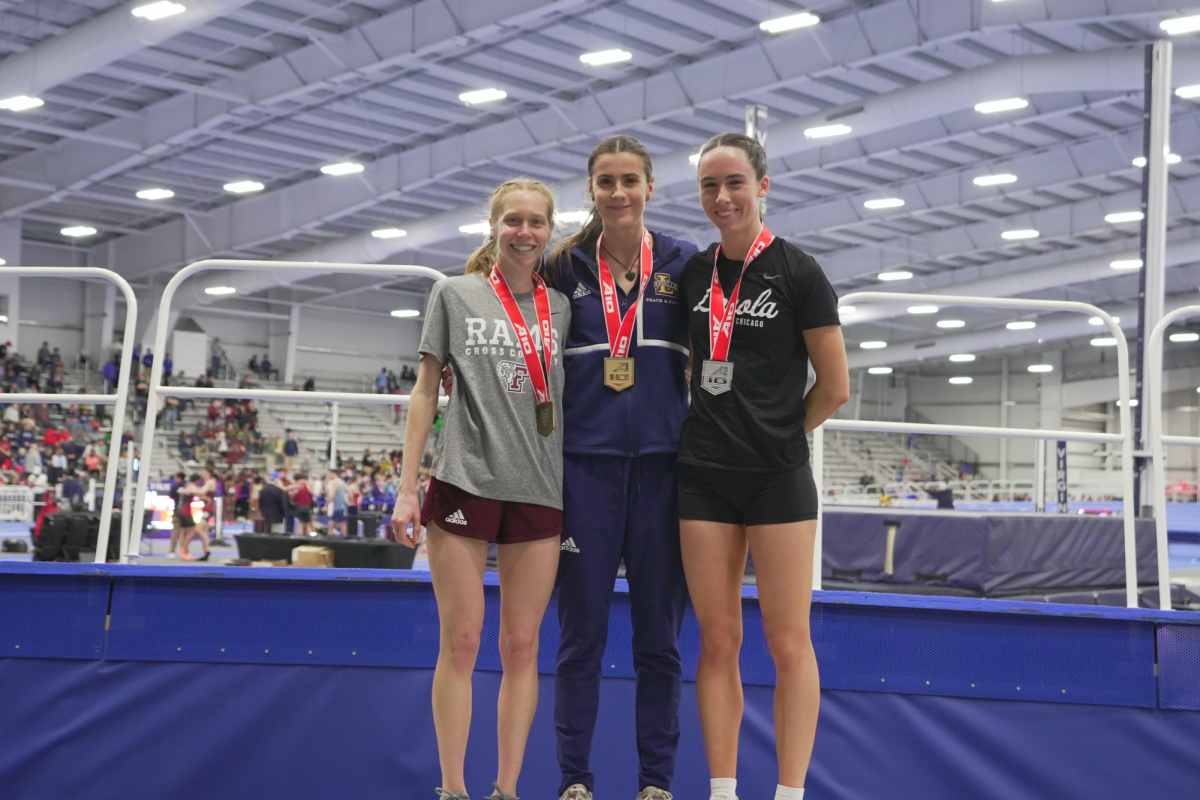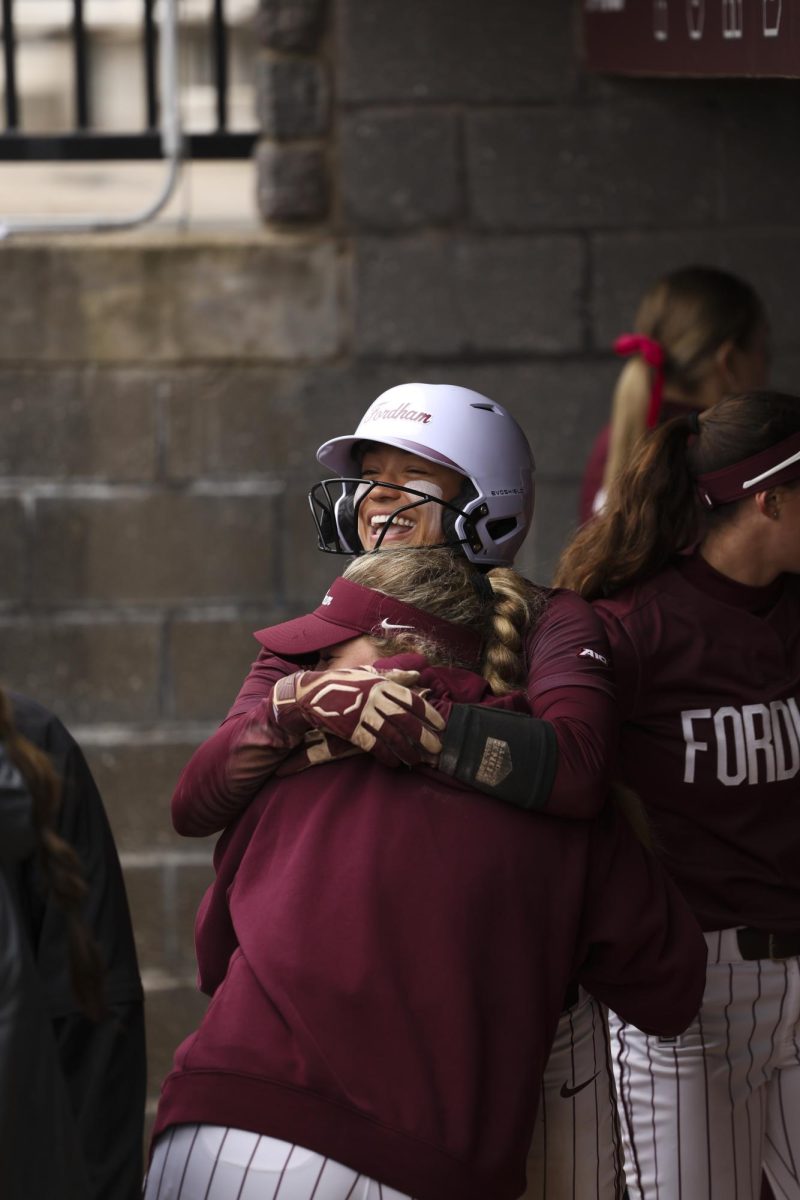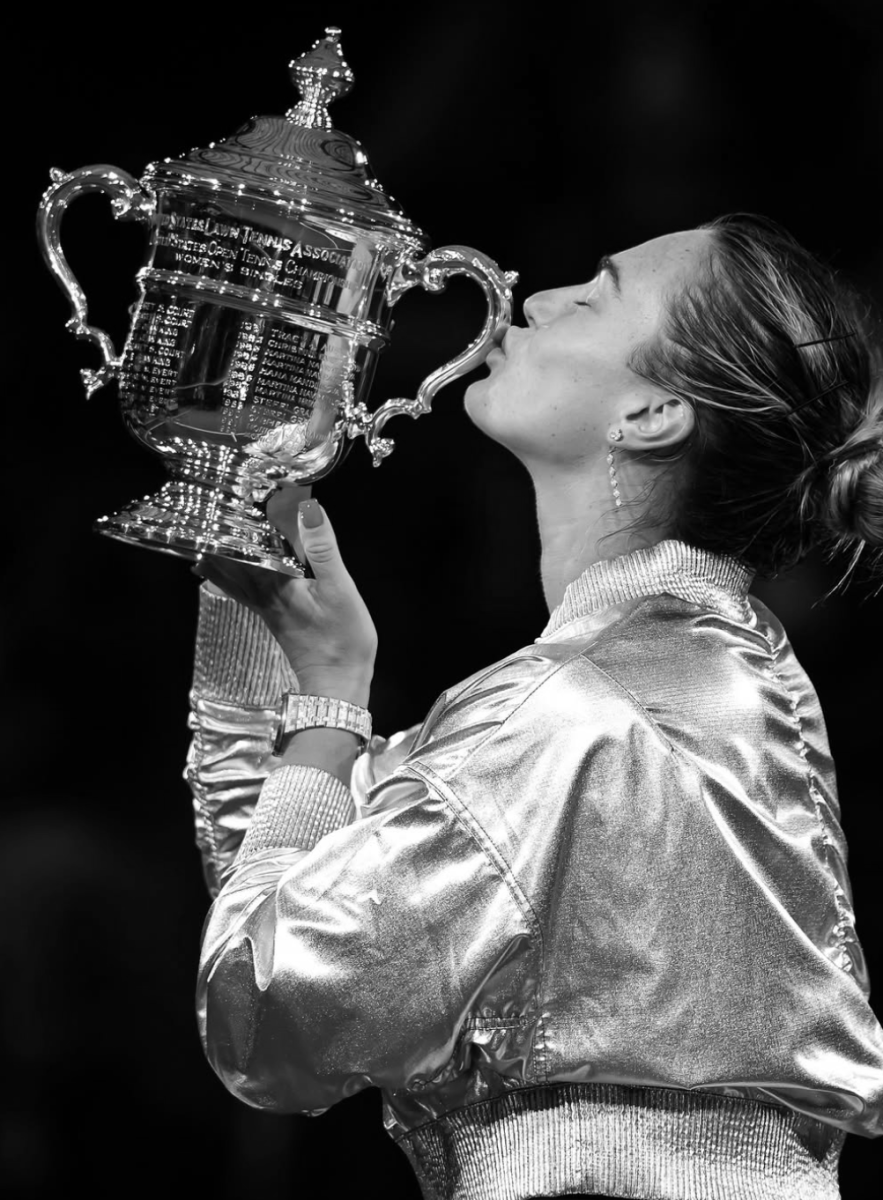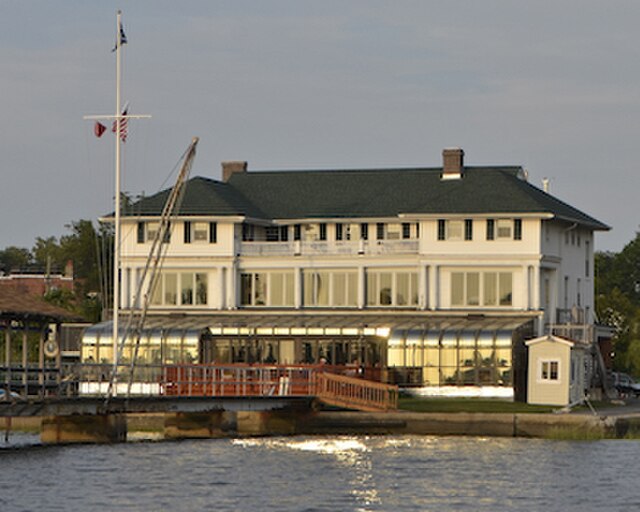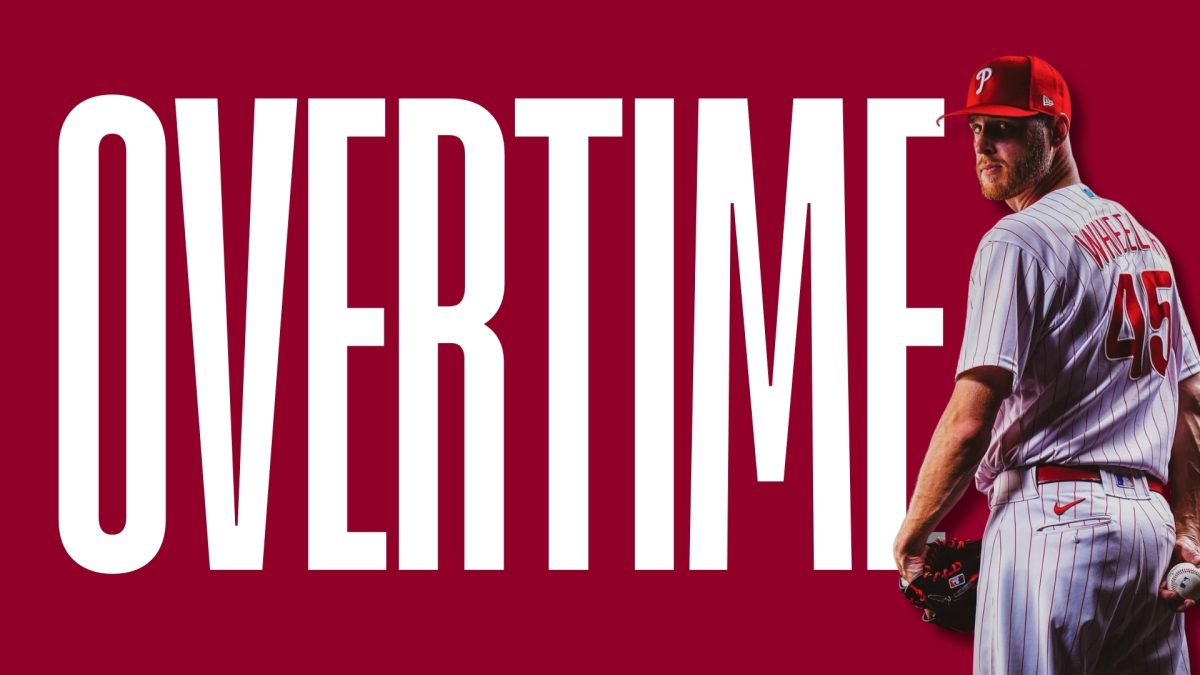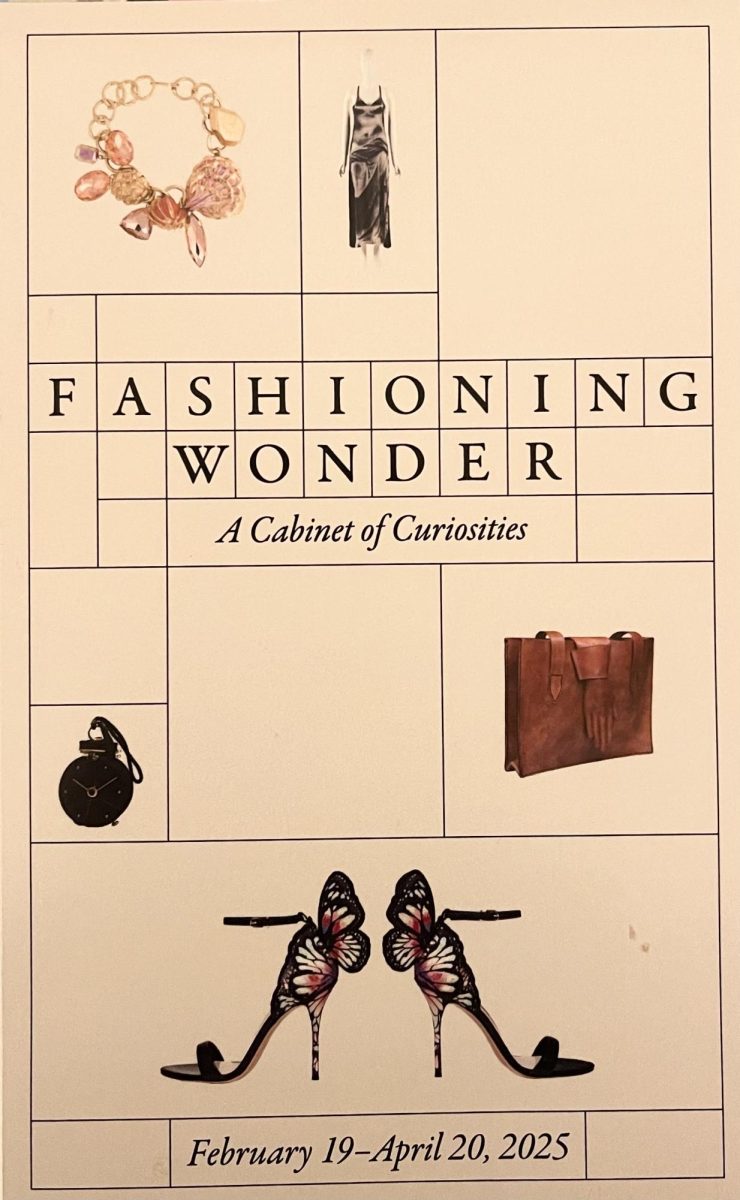“Fashioning Wonder: A Cabinet of Curiosities,” the newest exhibit at the Museum at the Fashion Institute of Technology, has struck gold. As I wandered through the displays, it felt as though I had stepped into a magnificent treasure chest — or perhaps a collection of cabinets once belonging to adventurous collectors whose treasures provided inspiration for this captivating exposition.
From Dr. Colleen Hill, the senior curator of costume at MFIT, this exhibit showcases how the Age of Exploration during the 15th to 17th centuries brought not only new knowledge and opportunities but also profound influences on art — including fashion — that have transcended time well into the modern day. The garments, accessories and baubles displayed throughout the room vividly illustrate the effects of curious craftsmanship and unique beauty. These items serve as a testament to the spectrum of artistry and human creativity across the globe.
Overflowing with curiosity with nearly 200 items — some of them never seen by the public before — the museum makes the visitor experience flow better by dividing the exhibit into 10 sections, each having a specific theme. The pitch-black walls and floors with light shining solely on the displays also help center your focus to give each piece the attention it deserves.
“The Aviary” was the most impressive section, with a birdcage holding a variety of outfits adorned with an array of feathers. This particular display was included in the exhibit to represent the menagerie of exotic animals, especially birds, that were included in people’s cabinet of curiosities. According to art historian Emmanuele Lugli, feathers were a particular sign of luxury in Europe at the time, as owning birds meant having access to global resources and the means to transport them. Thankfully, time has revealed the ethical and environmental concerns with such practices. Feathers are still used in fashion, but designers are encouraged to look to chicken feathers over others due to the material being a sustainable byproduct of the poultry industry.
The “What Is It?” display was definitely the most fun, with boxes on the wall inviting you to reveal the function of a curious accessory such as an antique glove clip or coin purses. Collectors for cabinets of curiosities typically picked up a number of objects from different parts of the world, especially during the Age of Exploration. This also meant that the collectors were not aware of some of the object’s functions.
“Illusions” opens with a quote from fashion designer Alexander McQueen saying, “You have to push forward and realize the power of fantasy and escapism.” The words ring true as the section reveals a Ralph Rucci abstract gown; however, as you move further away, a profile of a woman’s face reveals itself. Many items with cabinets of curiosities housed objects of illusion and applied trompe l’oeil, an art form that purposefully “deceives the eye” to humorously trick visitors.
The “Vanitas” display is an allusion to the popular art style representing human life’s temporary and fragile yet elaborate nature that was often displayed in curiosity cabinets. For instance, the introduction to the section describes that “timepieces, burning candles, flowers, leaves and skulls signified passing time and inevitable decay.” However, some pieces within the Vanitas art form possessed more intricate meanings, such as butterflies signifying renewal and sea shells signifying wealth. My favorite object to behold was a pair of multicolored, embroidered, hand-painted butterfly shoes with applique flowers on the heels by Sophia Webster.
“Artisanship” is a nod to the appreciation of tools and techniques that were used to create the artifacts in the cabinets. Intricate artisanship has been passed on through generations, allowing us to admire the art of creation just as people in past centuries have.
“Specimens” houses items from a variety of animal, vegetable and mineral materials that come from fashion’s fascination with nature. Everything from a tusk anklet to an alligator skin necklace to a horsehair flower hair clip to a most impressive Tom Ford zebra print dress with a horsehair mane is displayed in this section. Despite the awe found in such items, the exhibit addresses the negative effects of the malpractice of treating animals as a commodity and hunting them for fashion.
“The Senses” sums up its display with a quote from the fashion designer Diane von Furstenberg saying, “It is very important to be curious … because sometimes you learn and you don’t even know you’re learning.” What better way to unknowingly learn than to open up your senses to the world around you? The visitors of curiosity cabinets were able to do just this, as they were encouraged to engage their senses, especially through touch. According to cultural historian Constance Classen, people would imagine receiving a supernatural power from touching fanciful objects. The most unique item in this section is an antique umbrella with a cello-shaped handle, secretly holding a music box that plays “The Blue Danube” waltz.
Next was “Reflections and Refractions,” which displays a kaleidoscope of embellishing designs to represent items like telescopes and prisms held in the cabinets. Current fashion techniques include adorning gowns with reflective materials to create an air of luxury. Each dress within this display was decorated with materials like rhinestones, mirrored beads and gems.
The “Anatomical Theatre” section is incorporated into the exhibit because anatomical figures were put into cabinets of curiosities to acquire new knowledge of the body. Today, fashion designers have a certain interest in bones and organs as well. An Arzu Kaprol dress depicts this type of creativity with its skeleton design made from metallic leather.
“Kunstkammer,” translated to “Chamber of Art,” is the section inspired by the paintings collected for the cabinets of curiosities. The exhibit connects its displays to its namesake through designs showcasing famous artworks. A 1591 painting “Vertumnus” by Guiseppe Arcimboldo is transported onto a 2018 Comme des Garcons dress, which show how centuries of artistic expression transcend time.
The Cabinet of Curiosities exhibit is a special opportunity to revel in the beauty of modern fashion inspired by the quirky valuables in the cabinets of curiosities owned by royals, aristocrats and scholars. I highly recommend taking advantage of MFIT displaying its permanent collection before the exhibition closes on April 20.
Categories:
A Treasure Trove of Fashionable Curiosities
Makenzie Smith, Staff Writer
March 26, 2025
MFIT’s Cabinet of Curiosities exhibit shows the impacts of the Age of Exploration on art and fashion. (Courtesy of Makenzie Smith for The Fordham Ram)
0
Tags:

